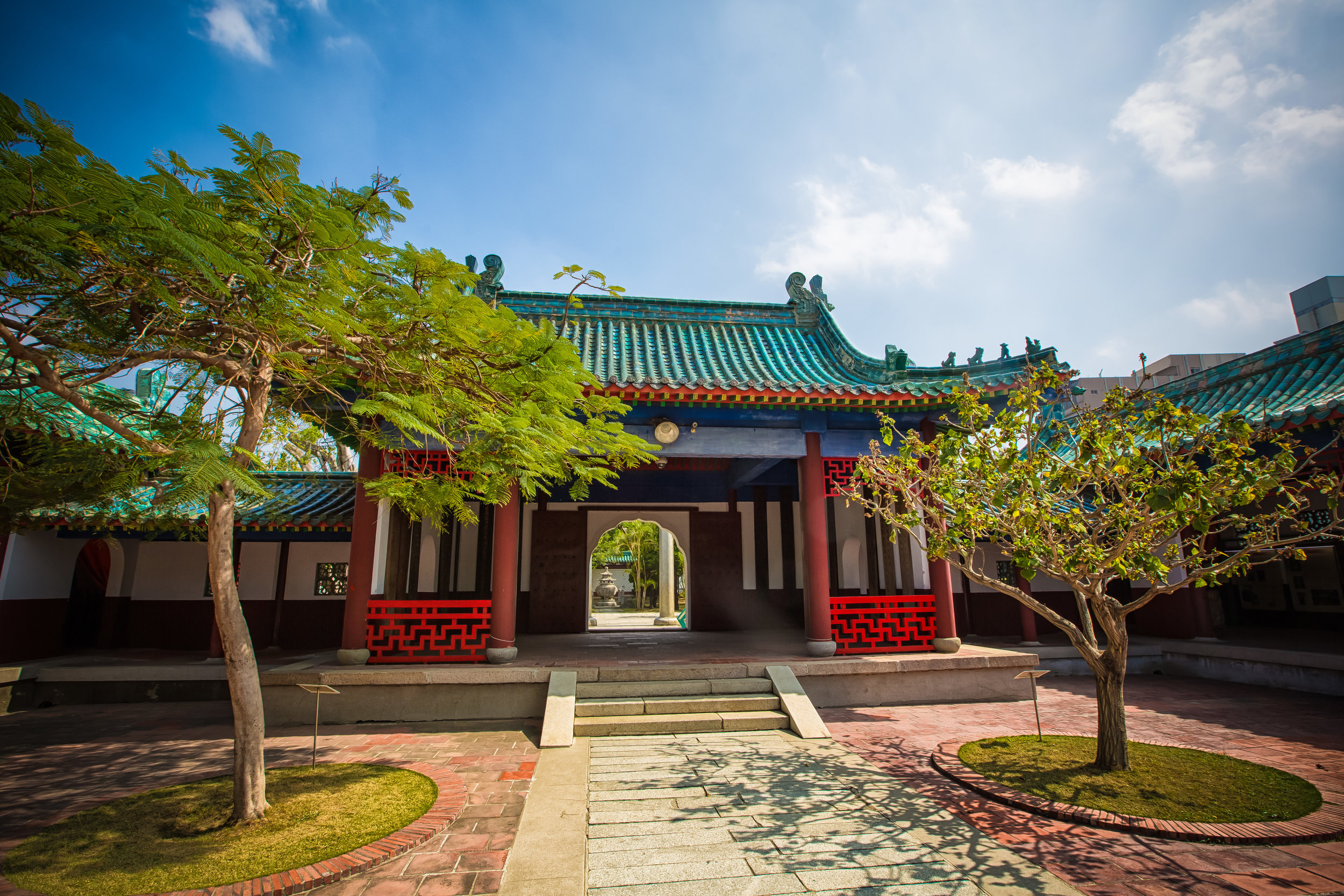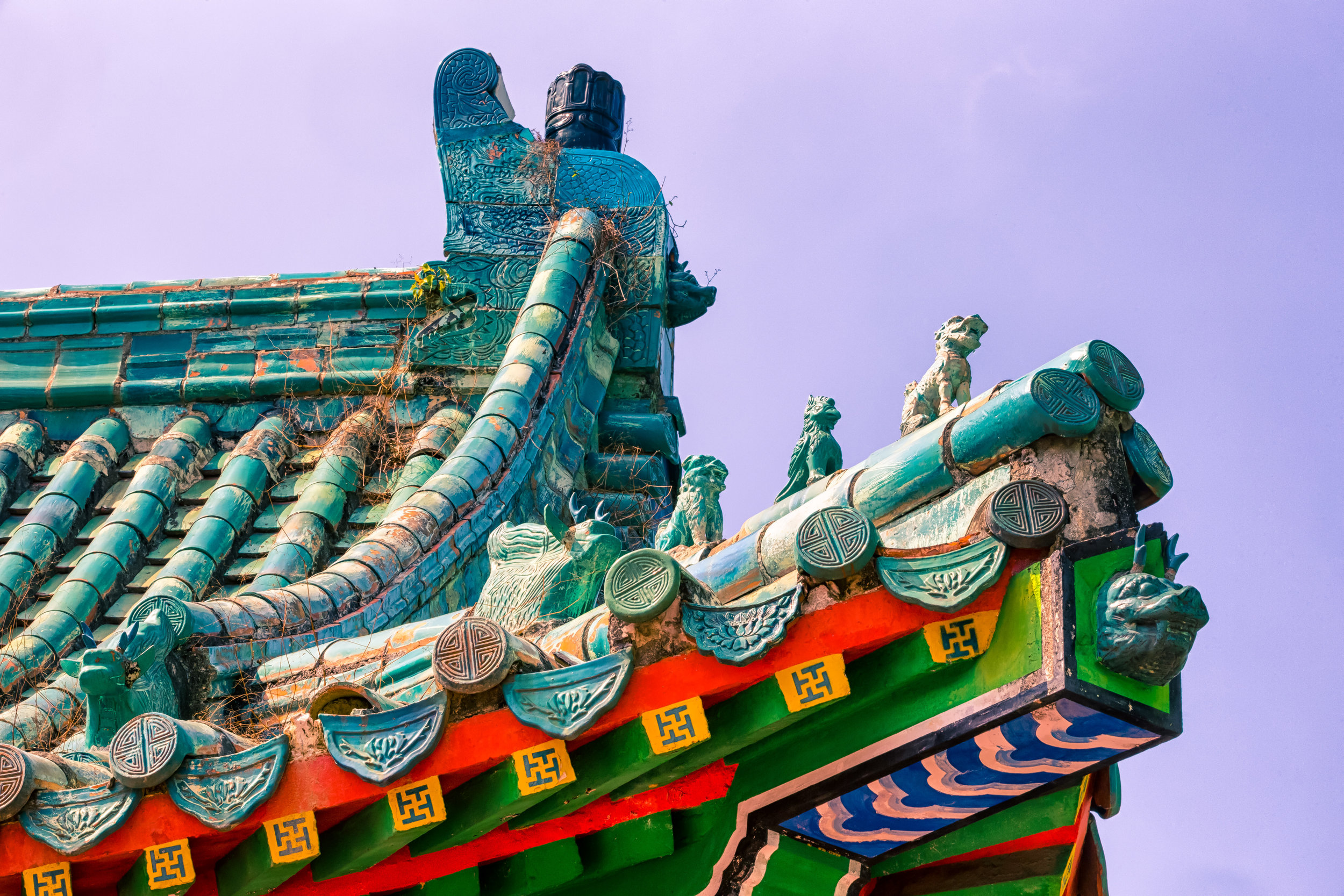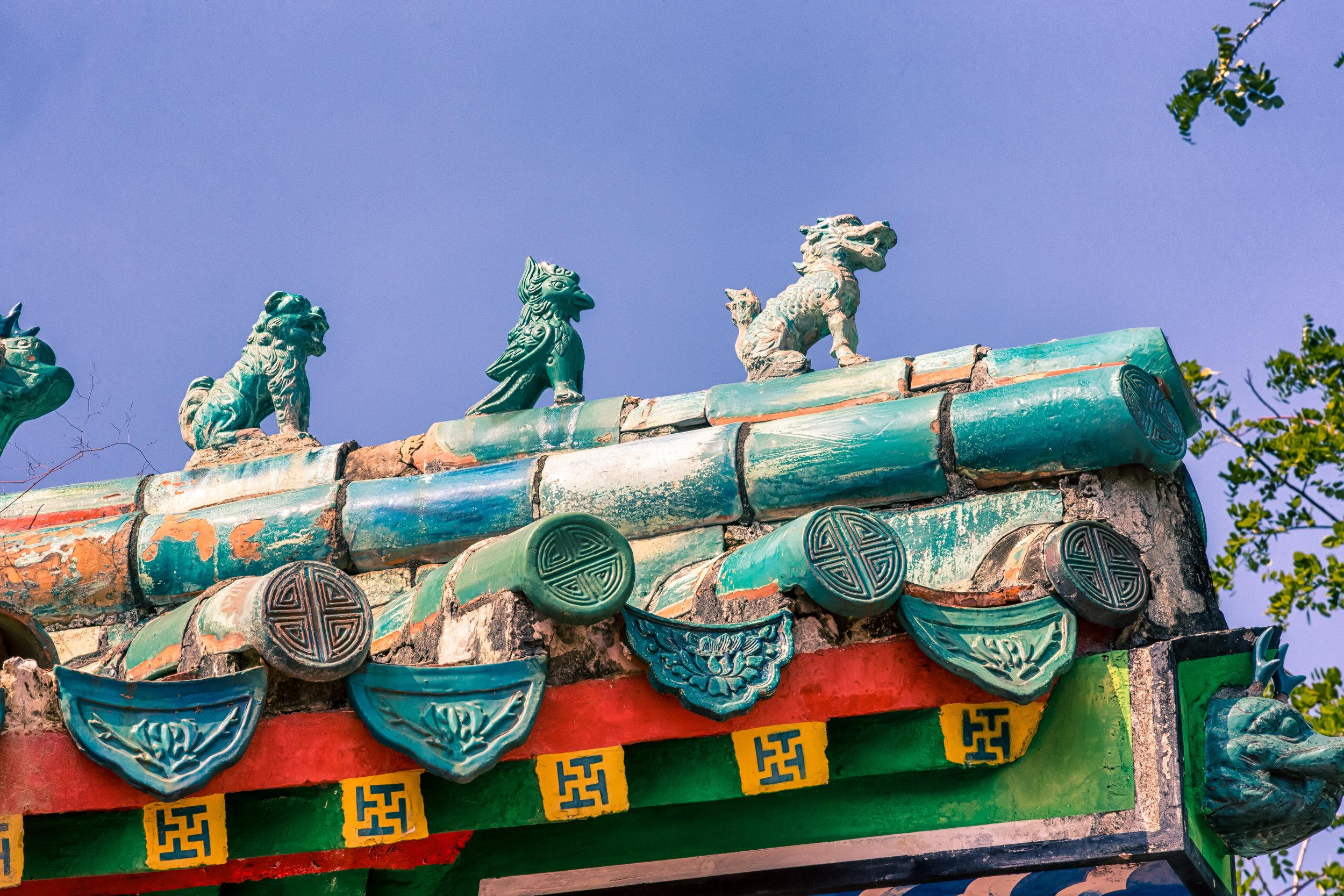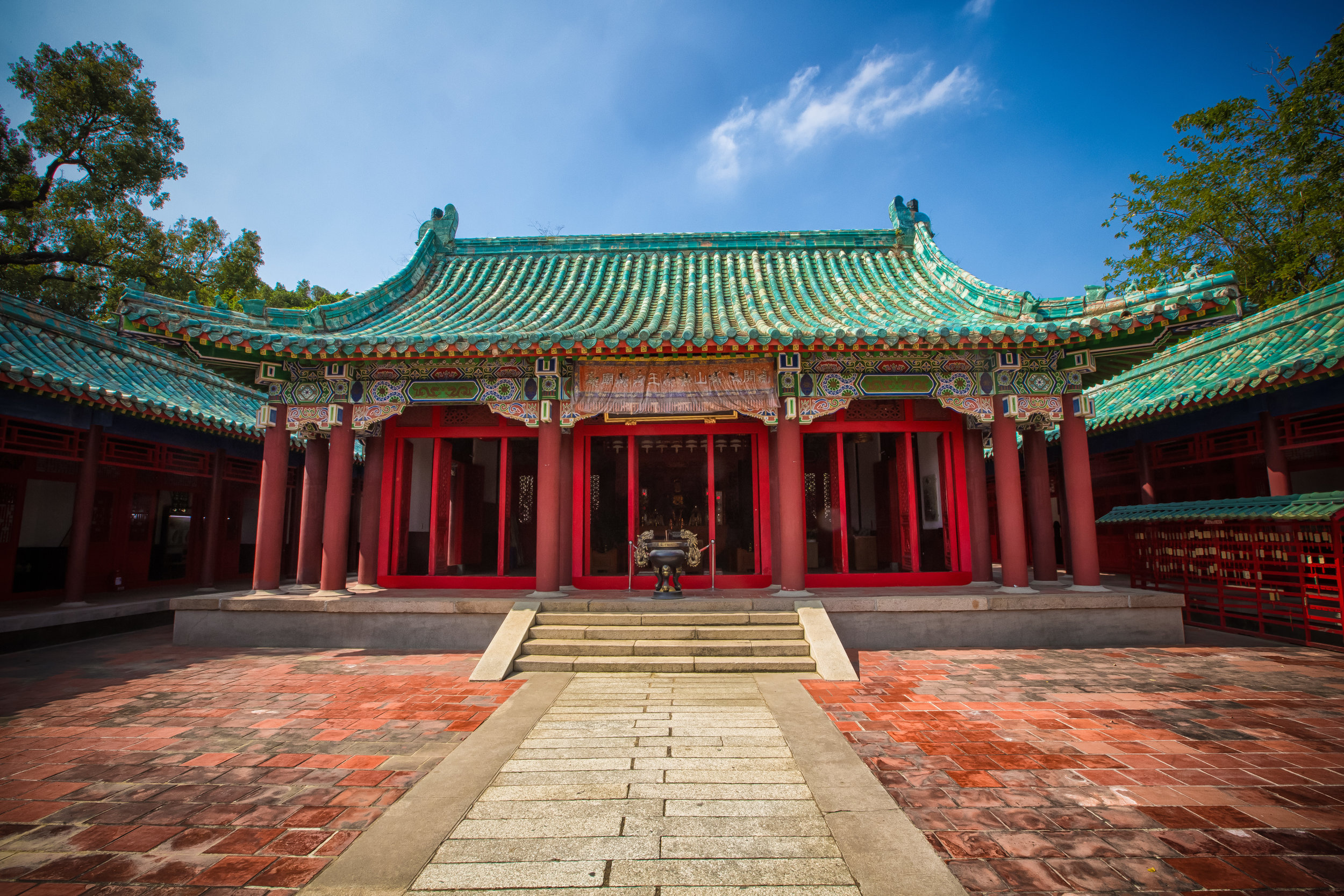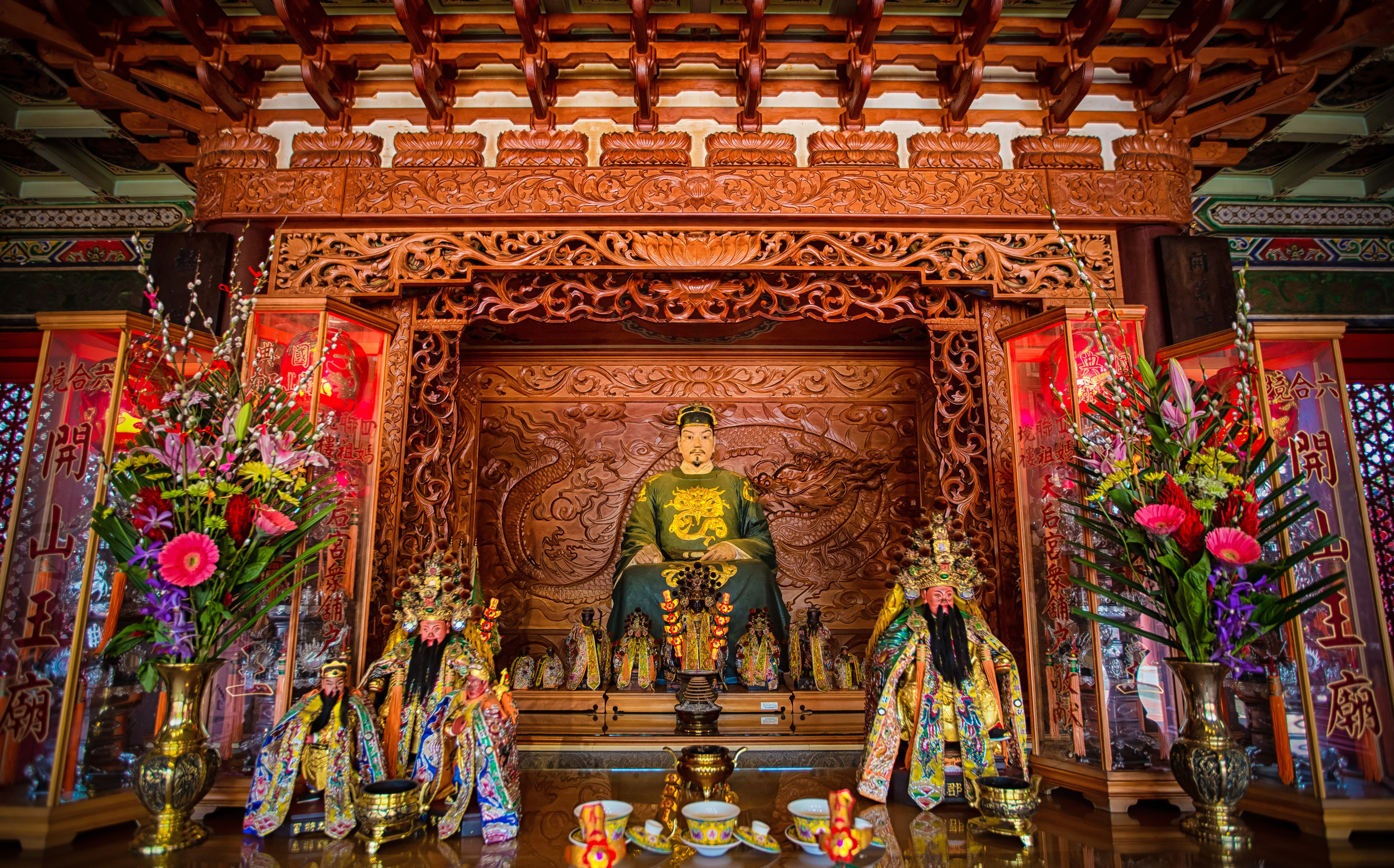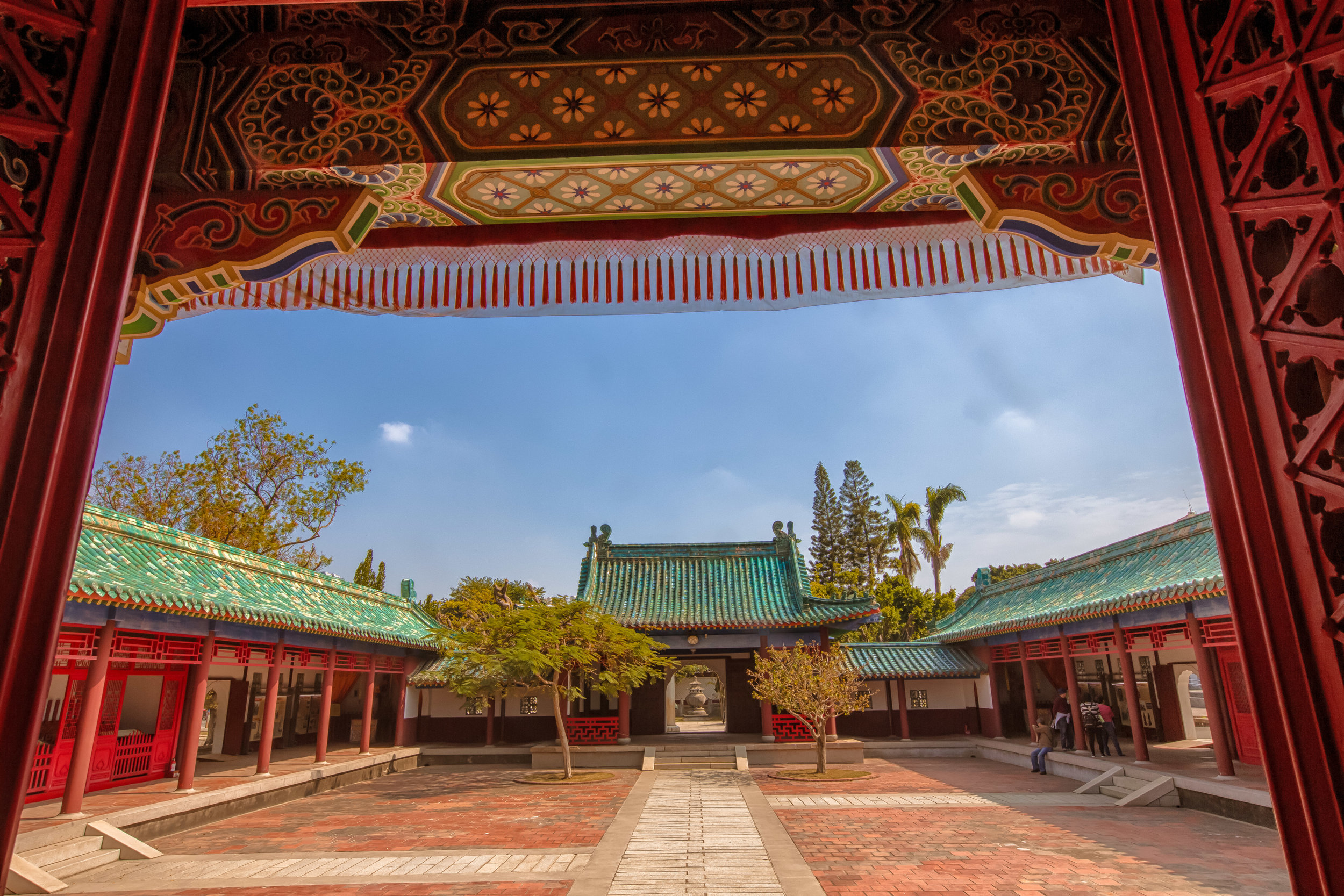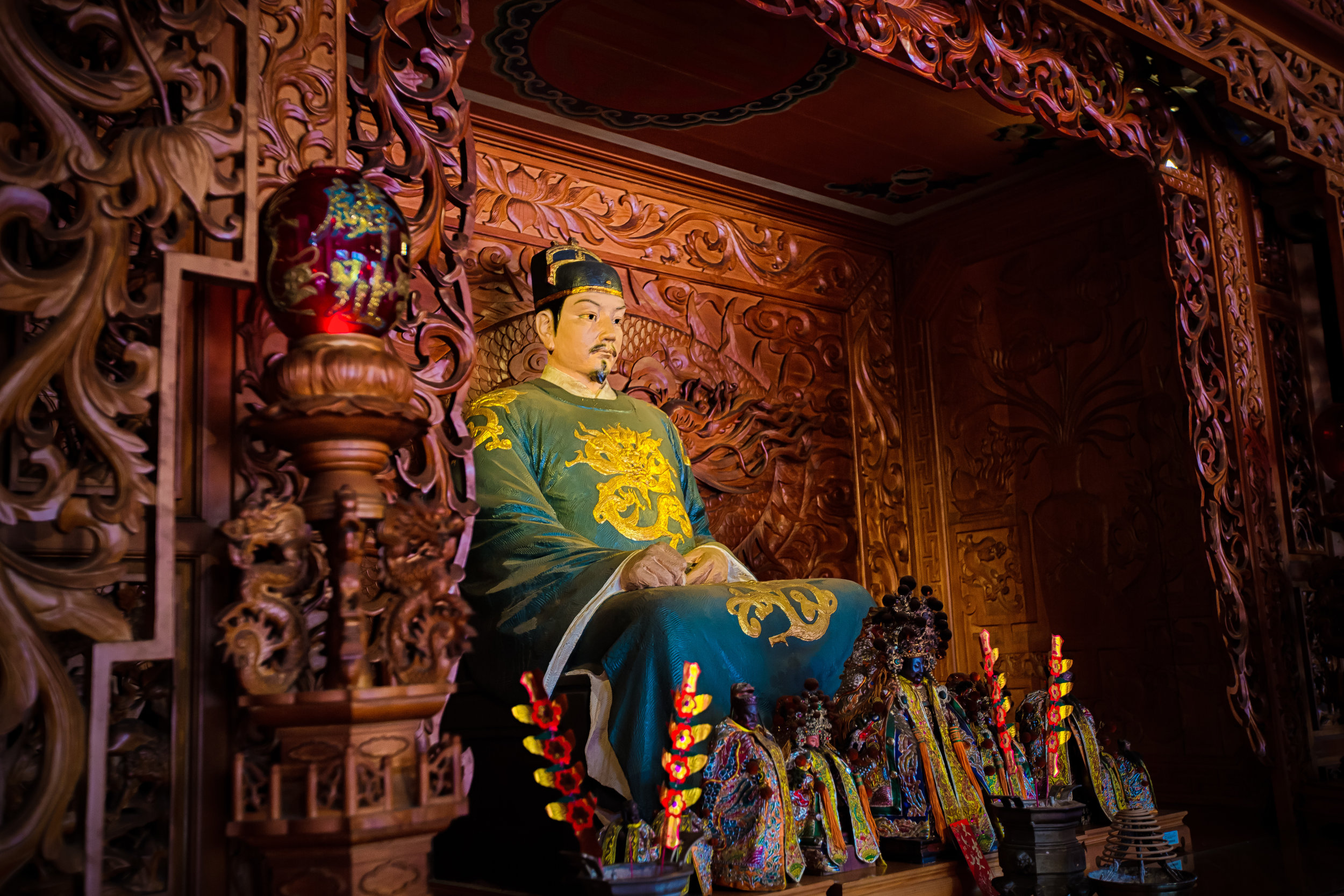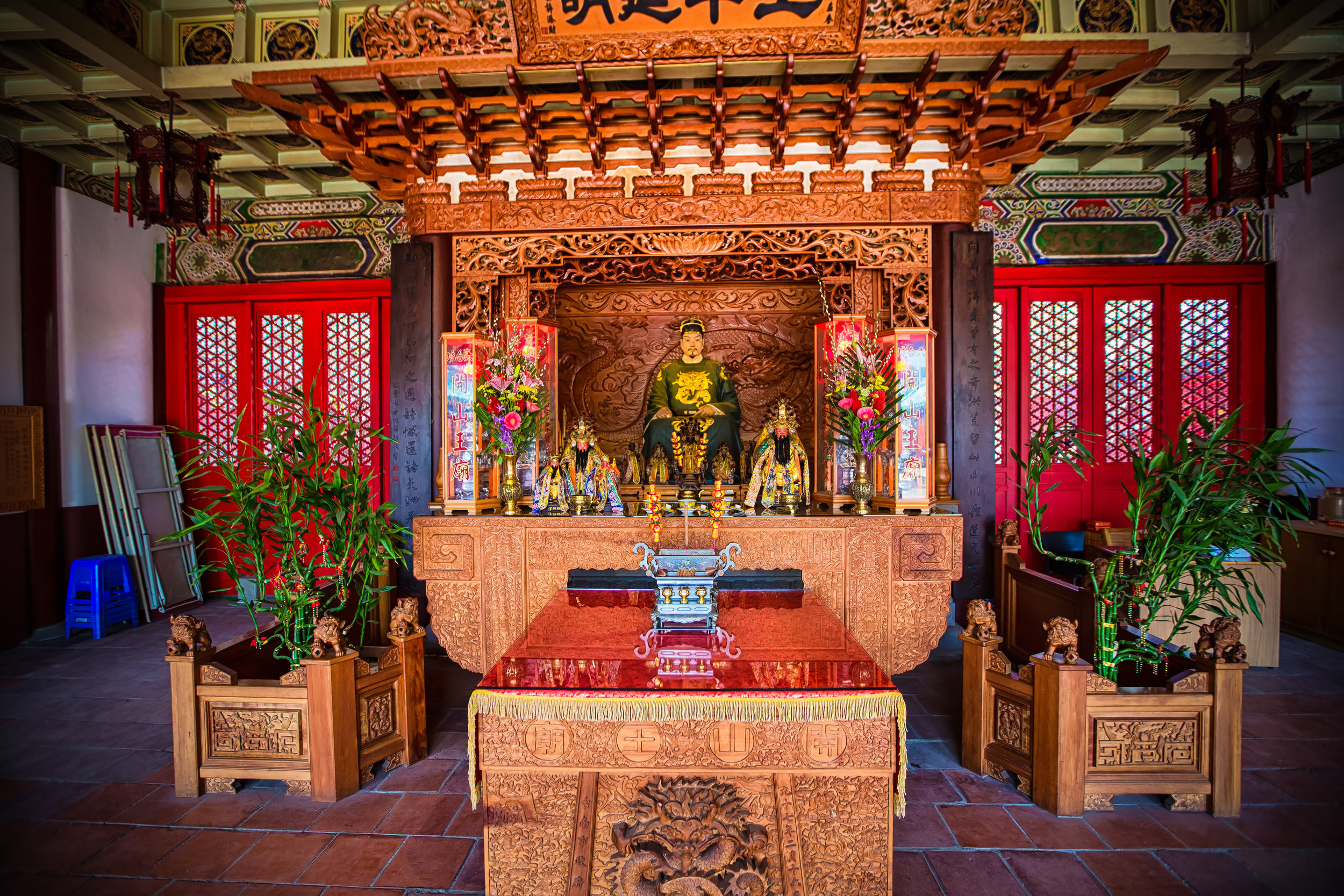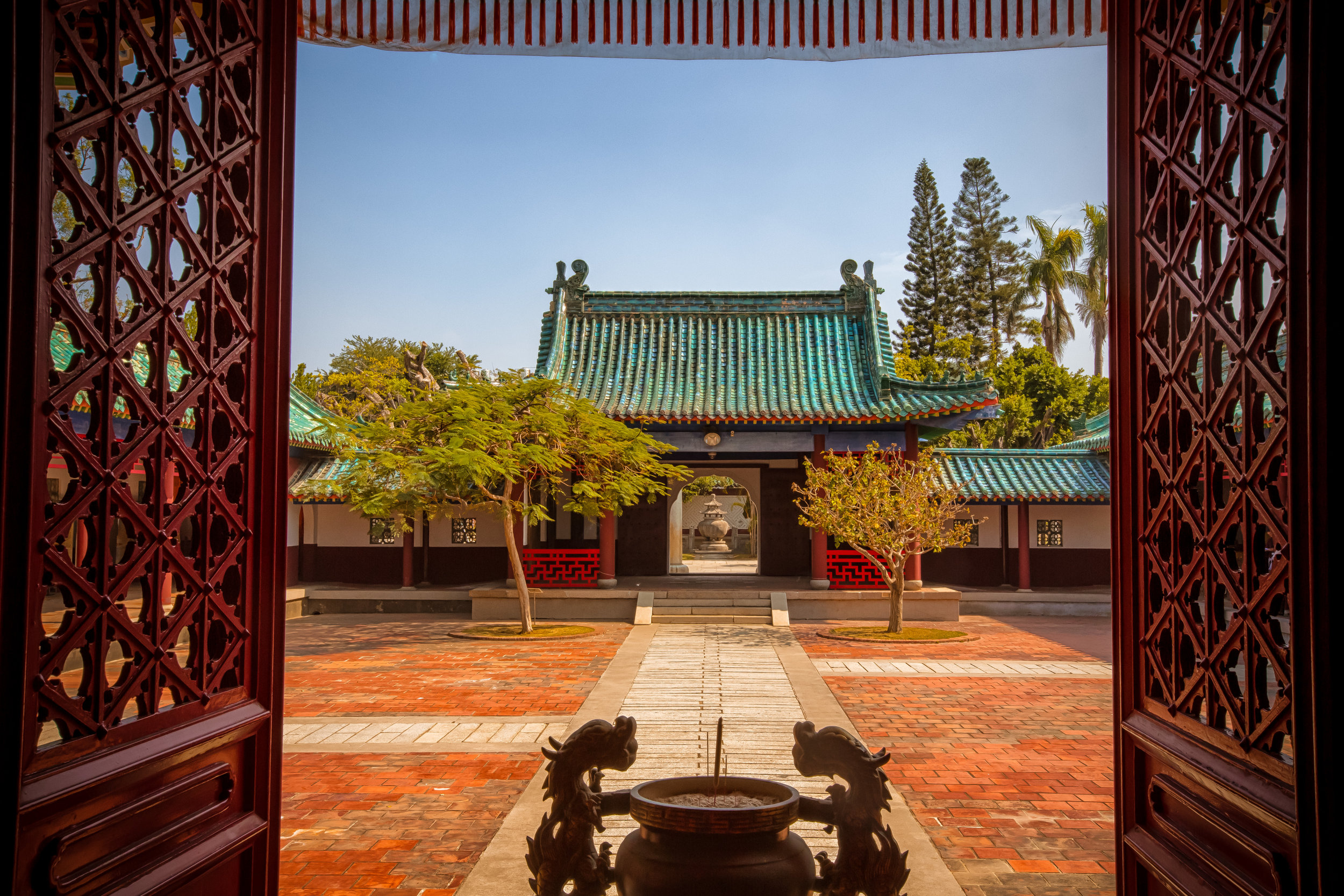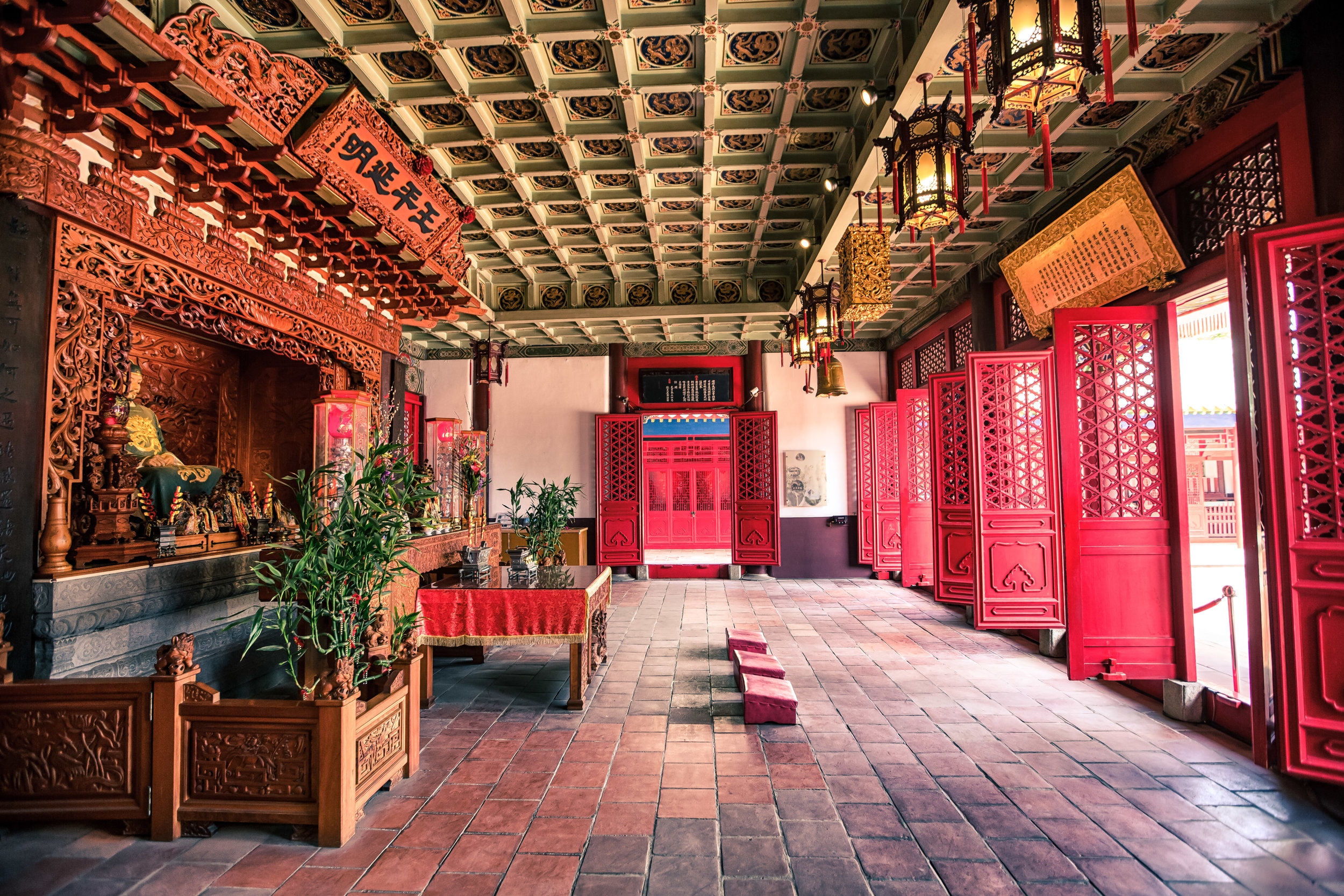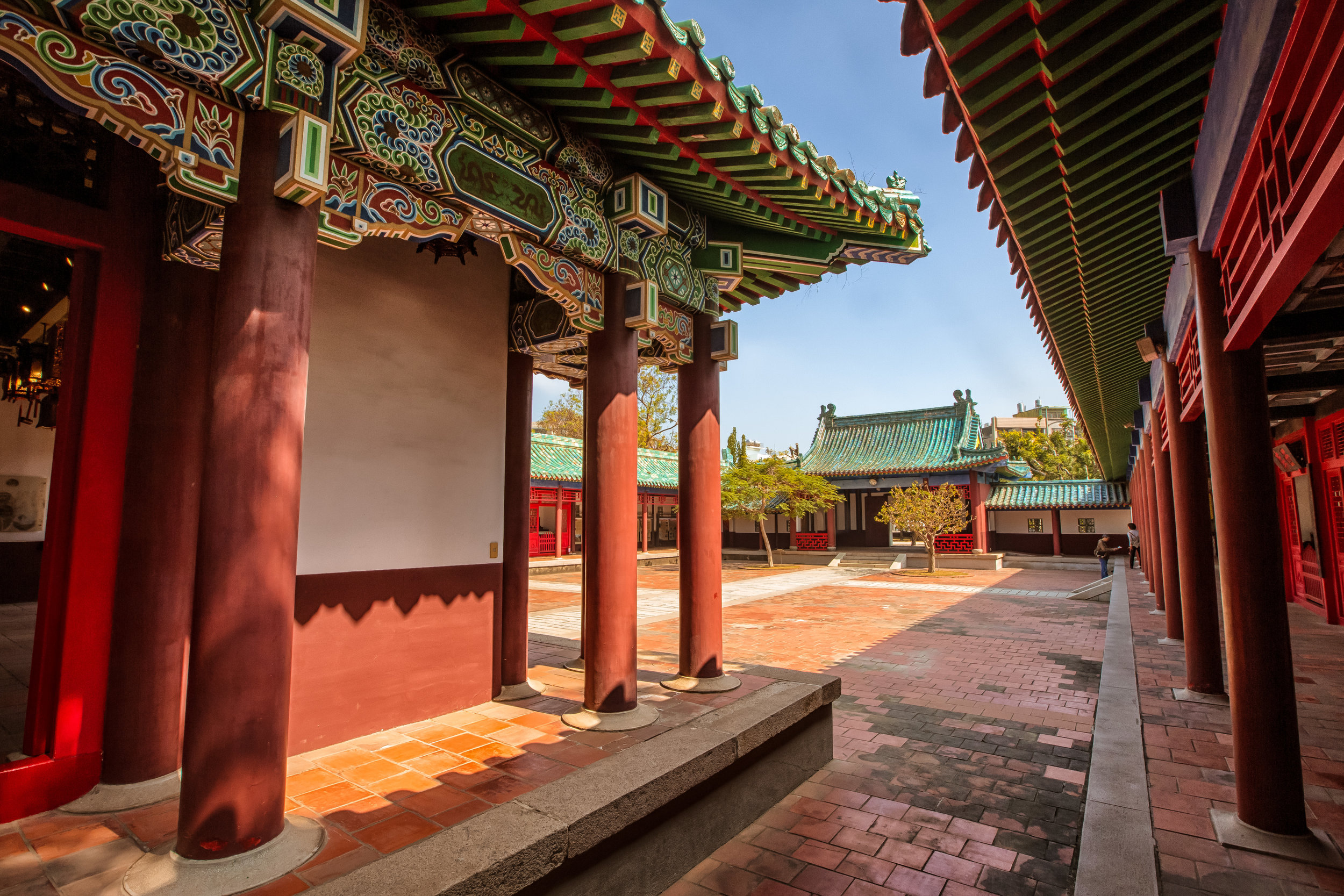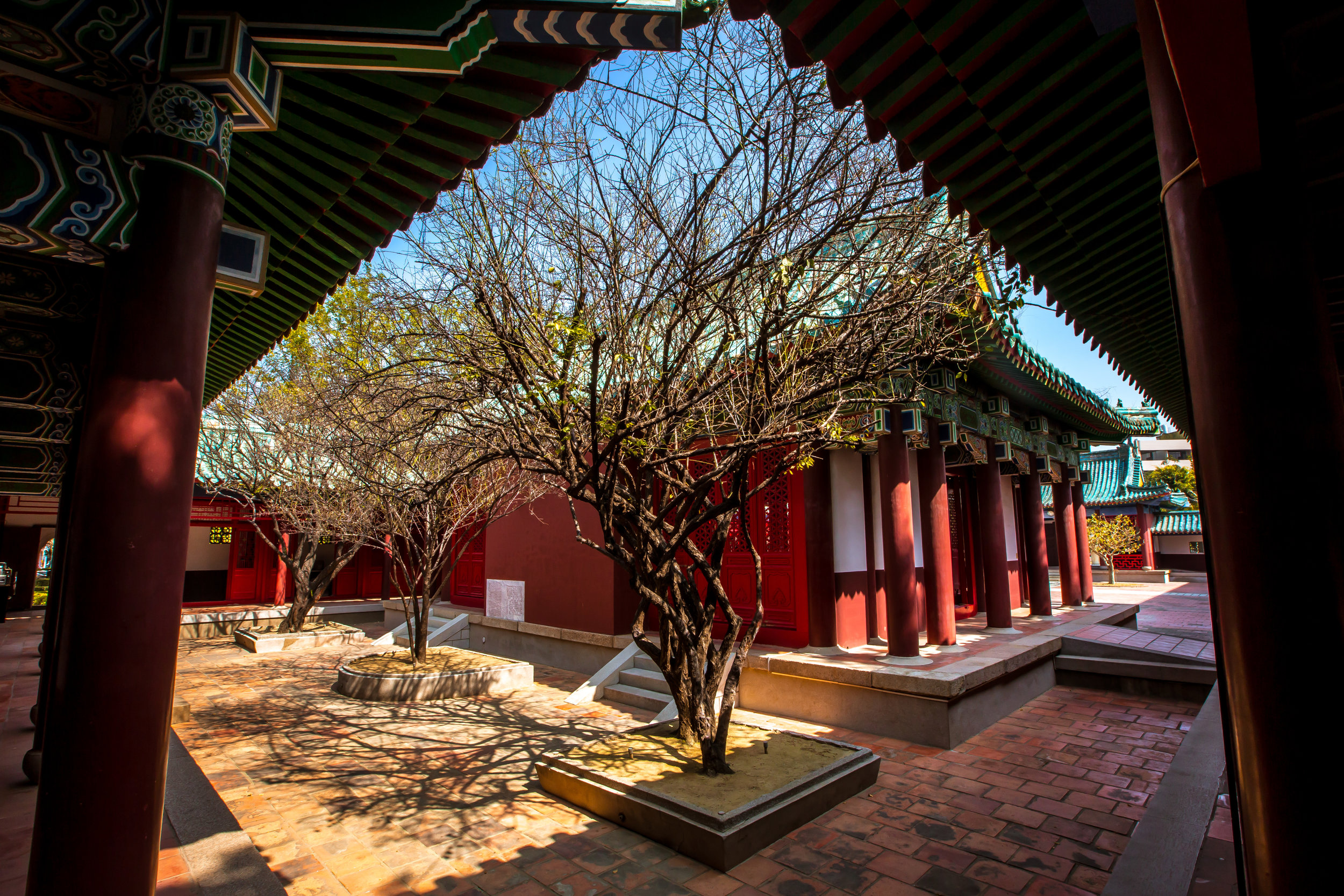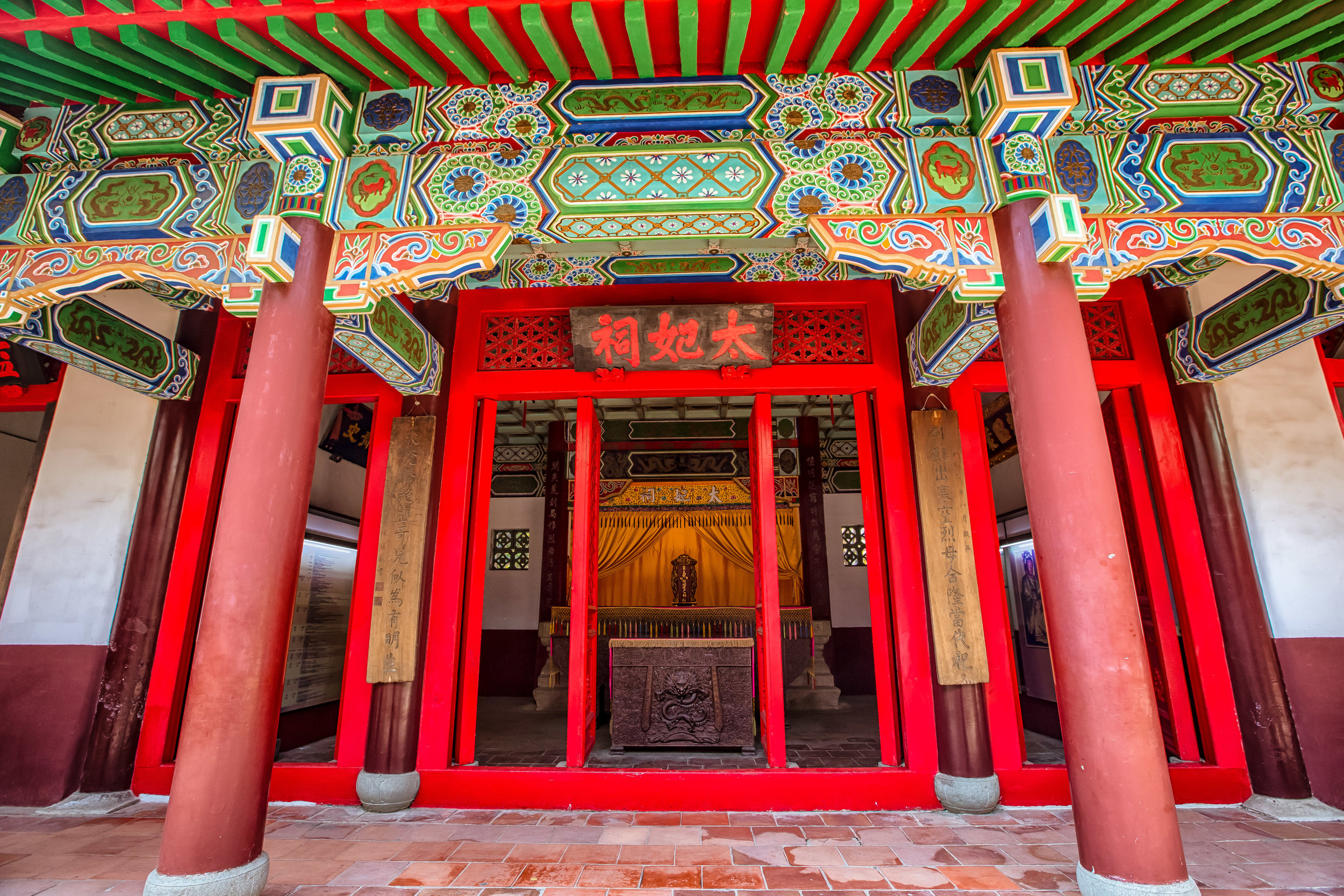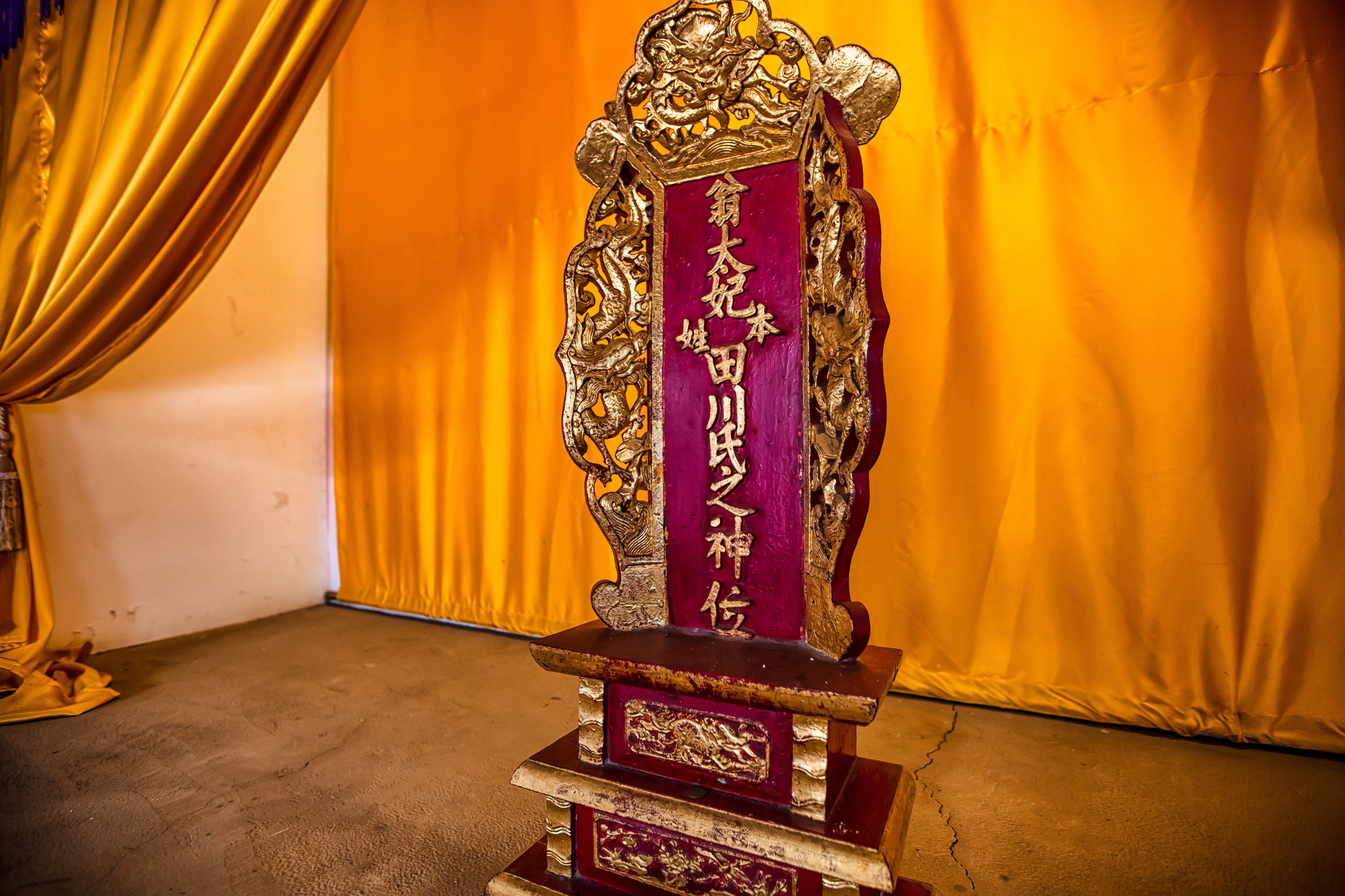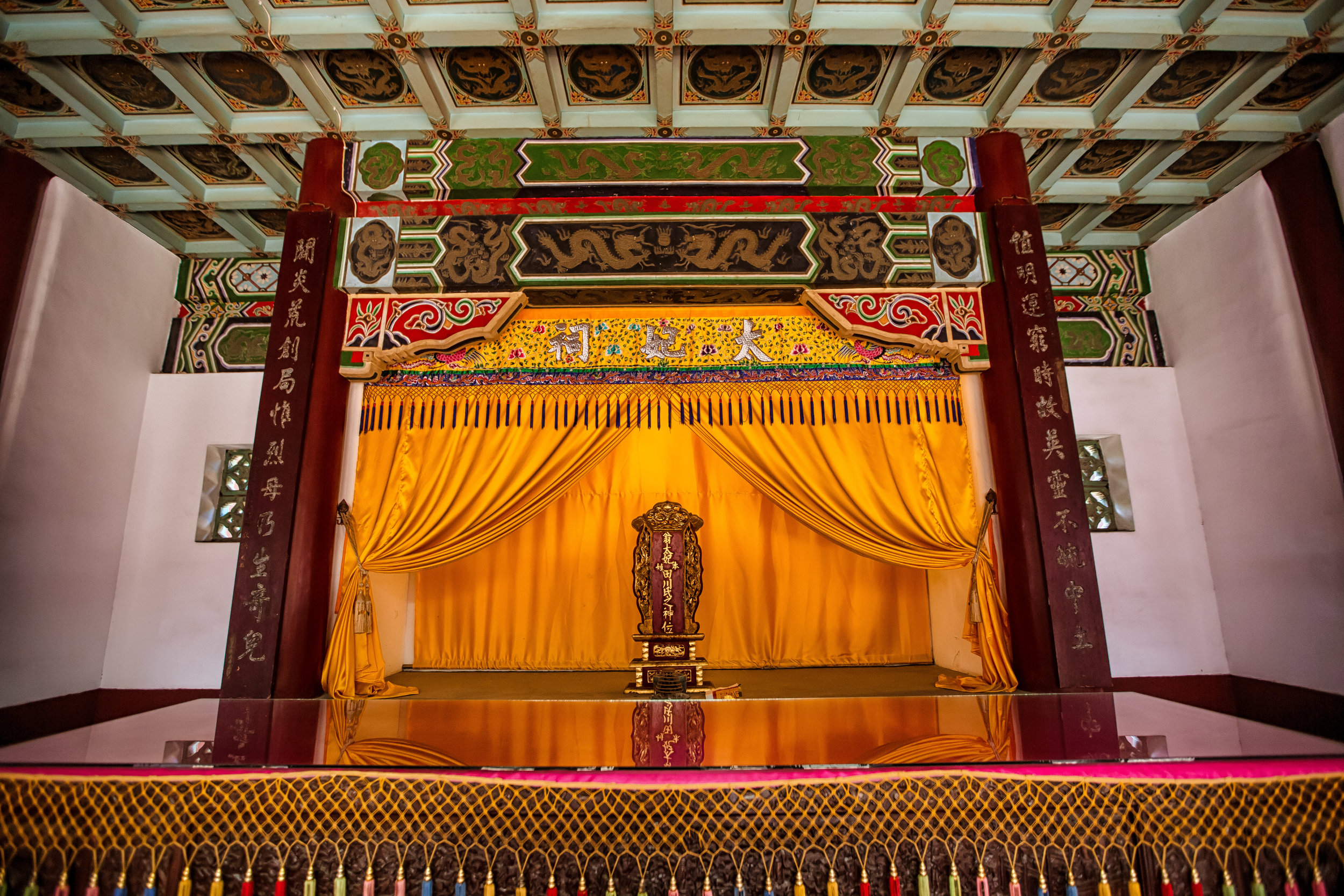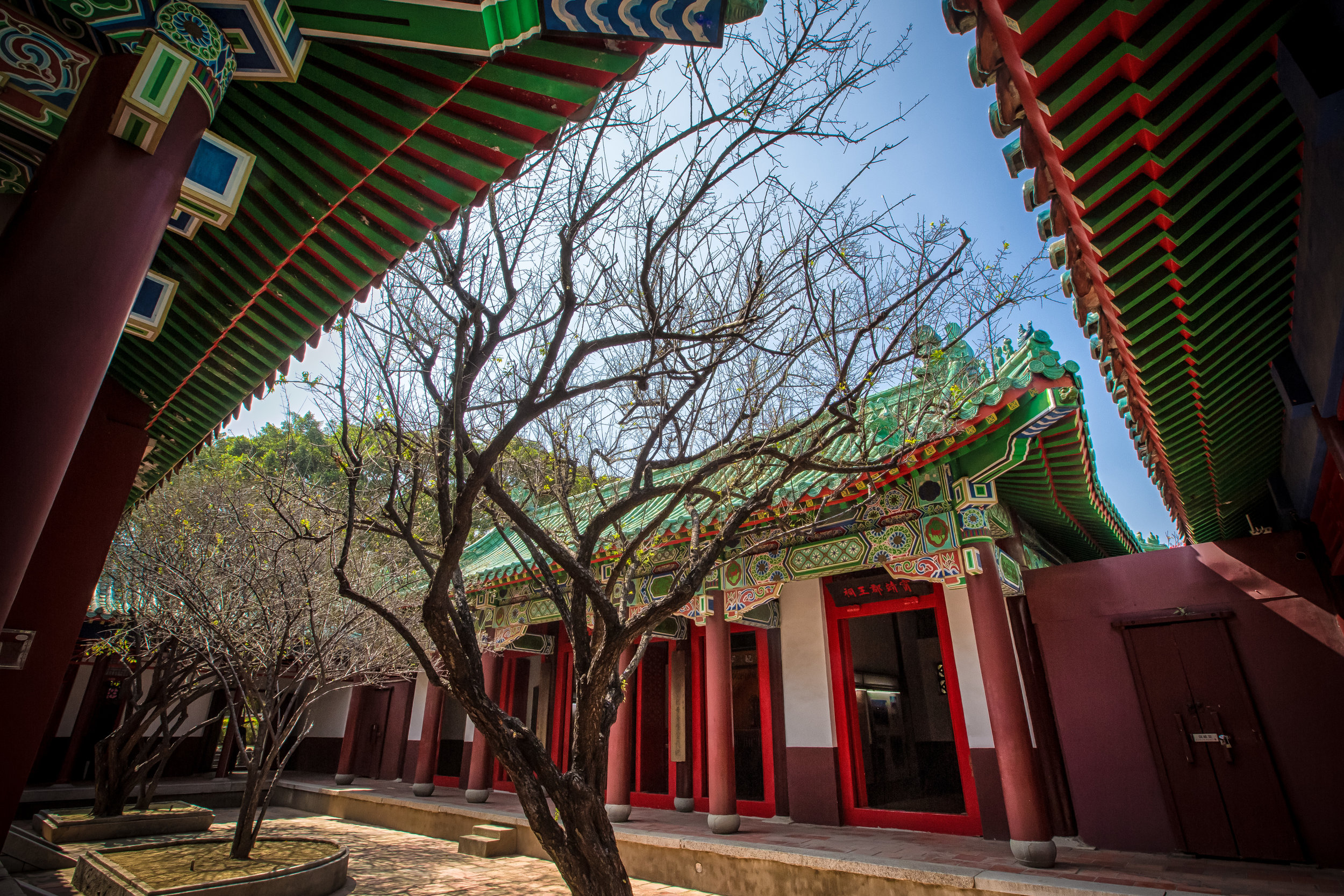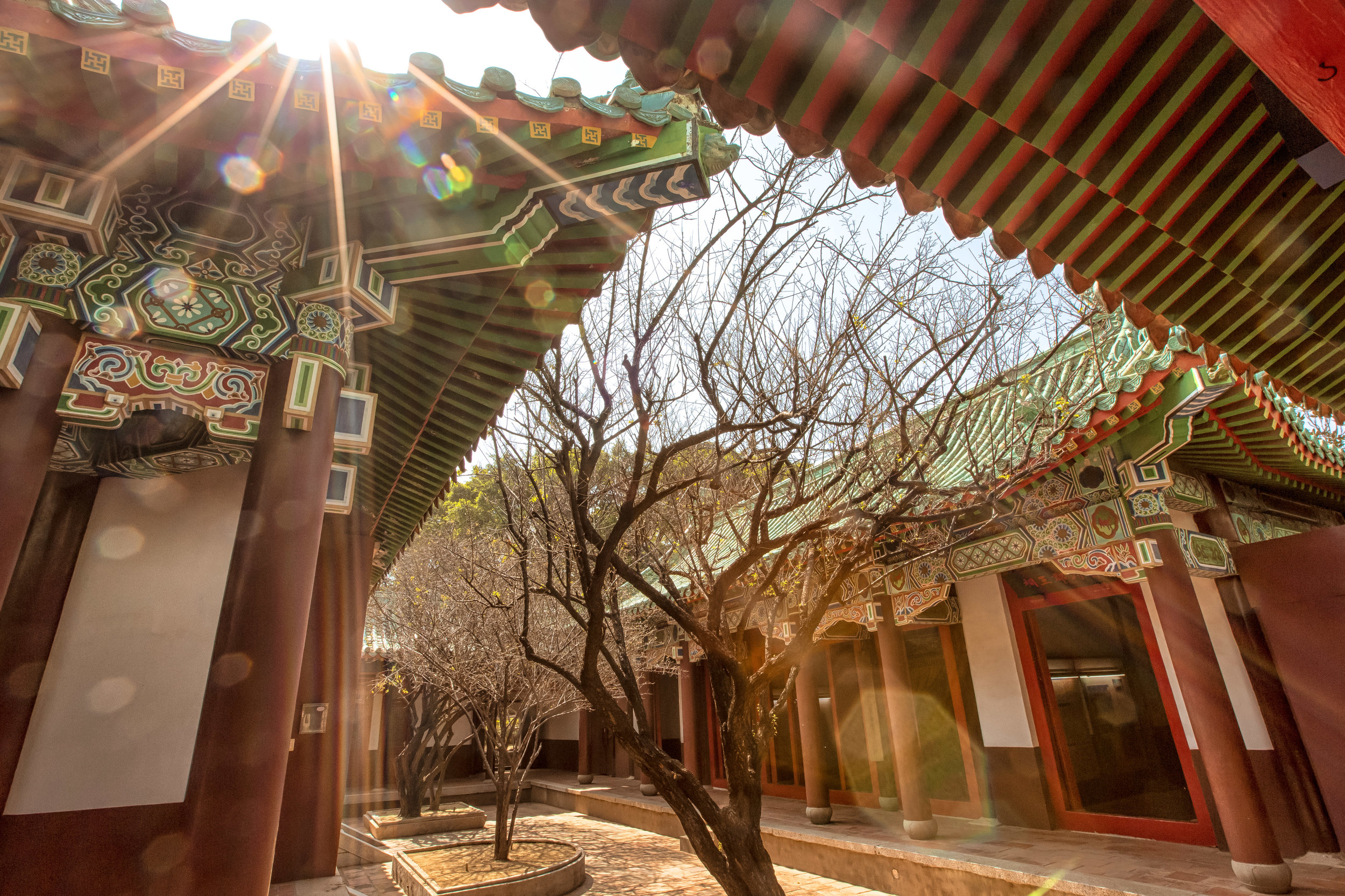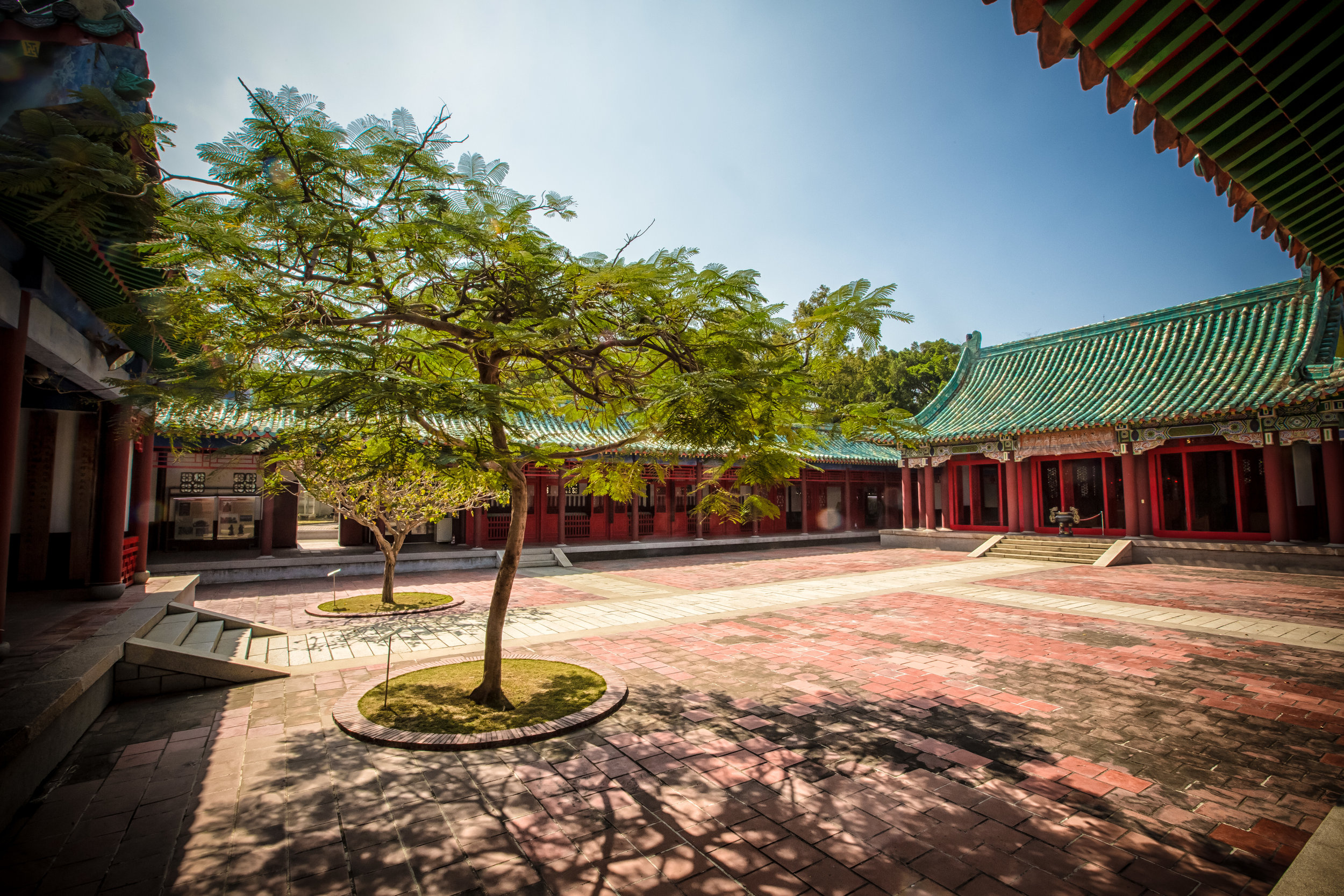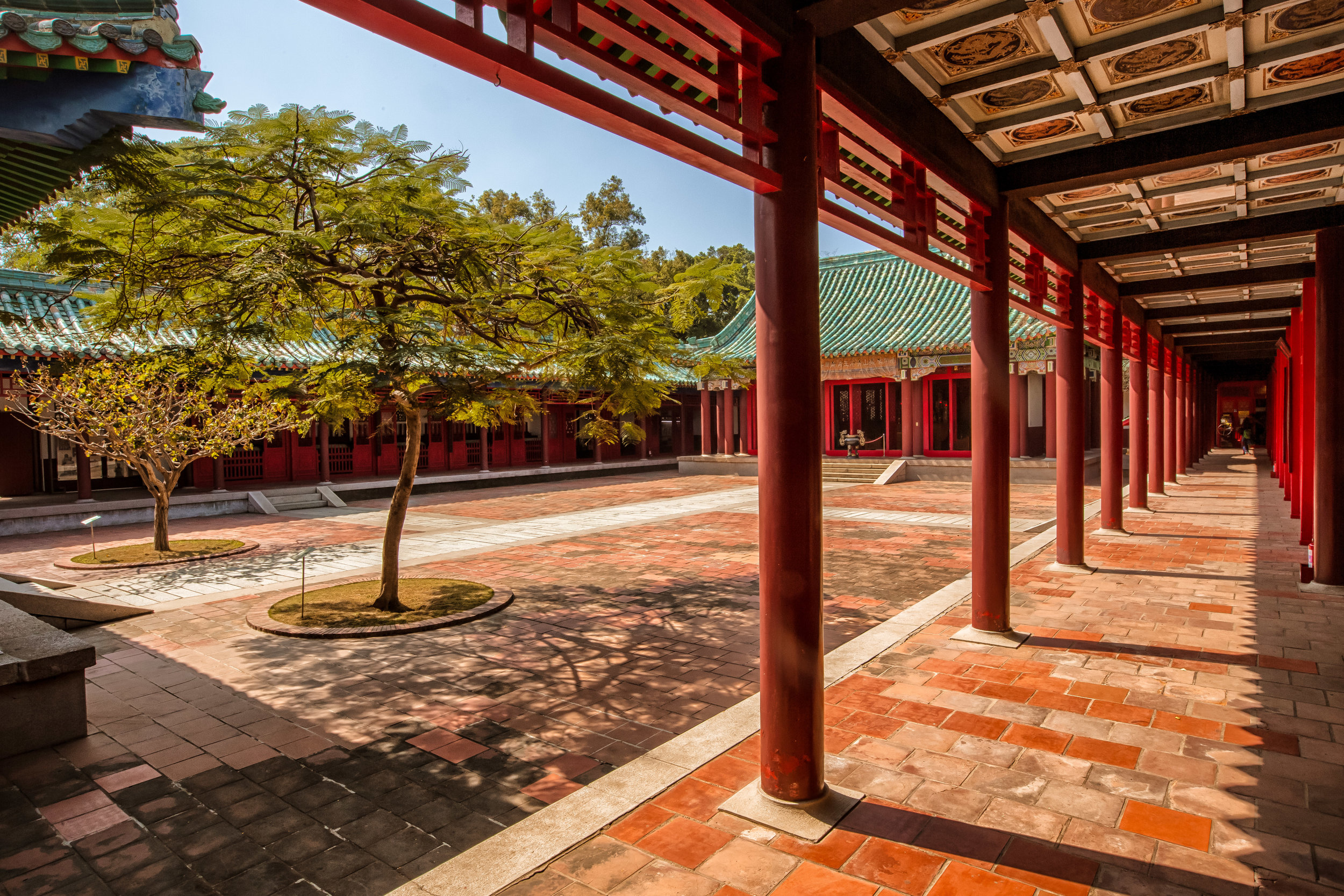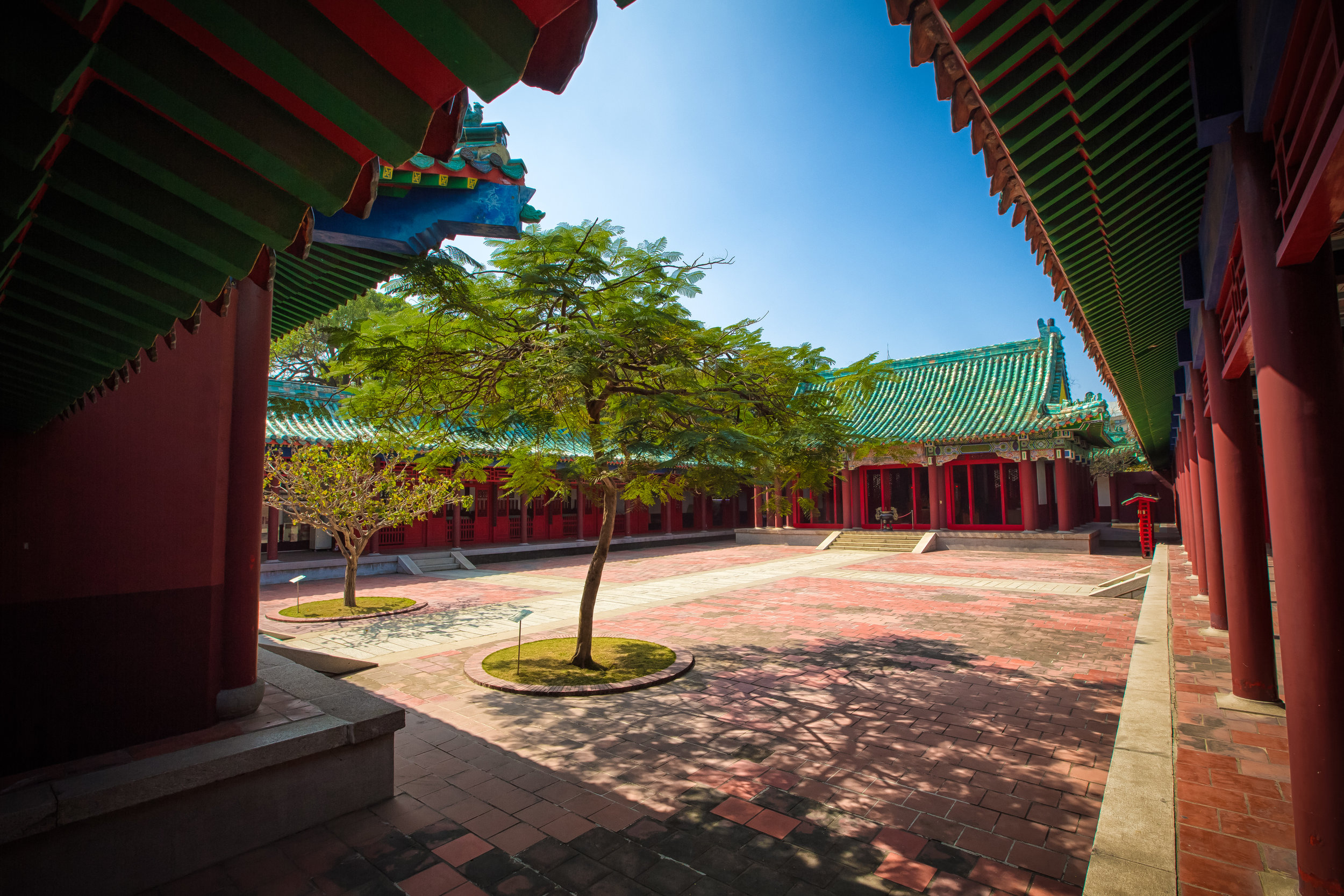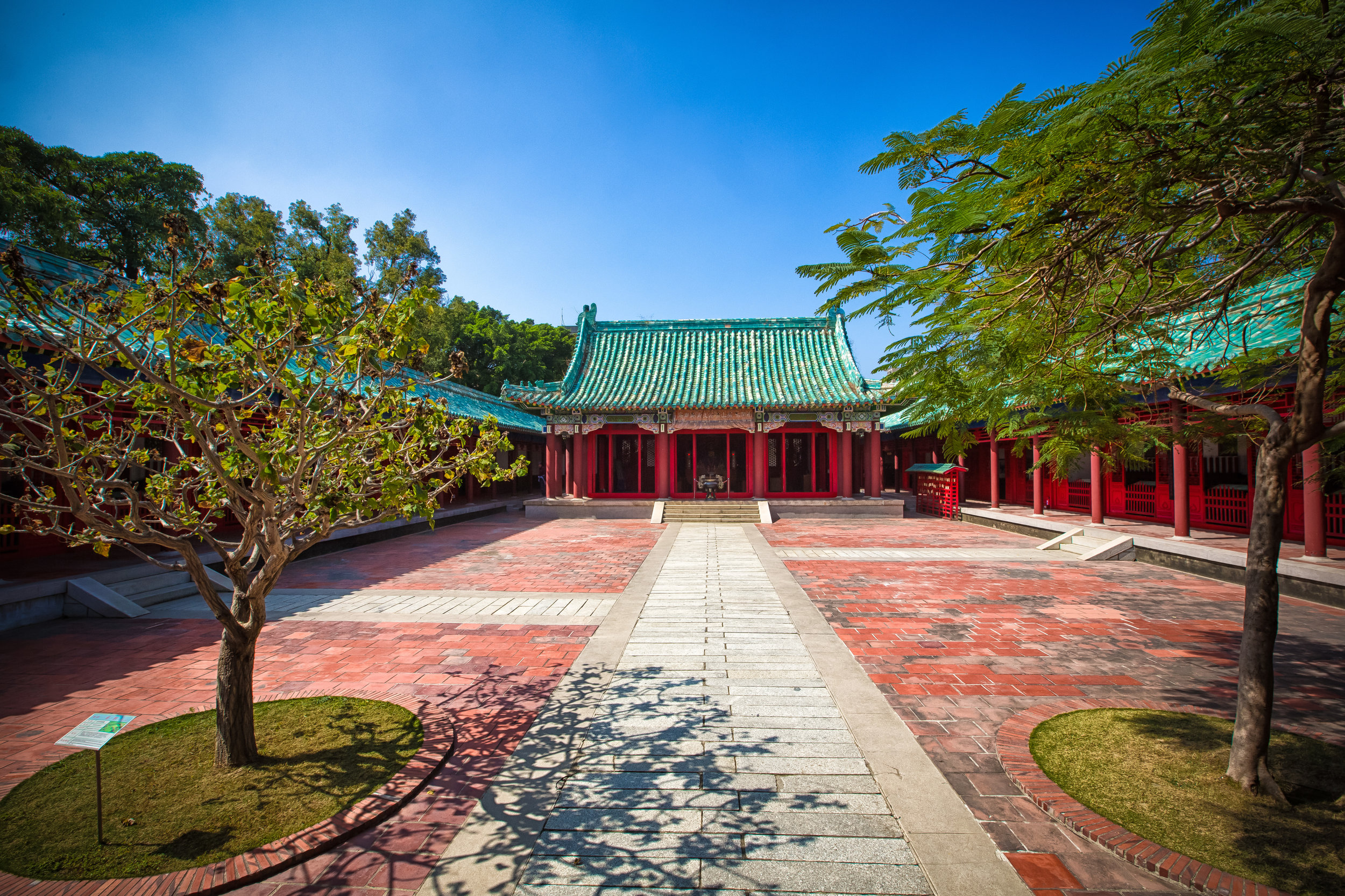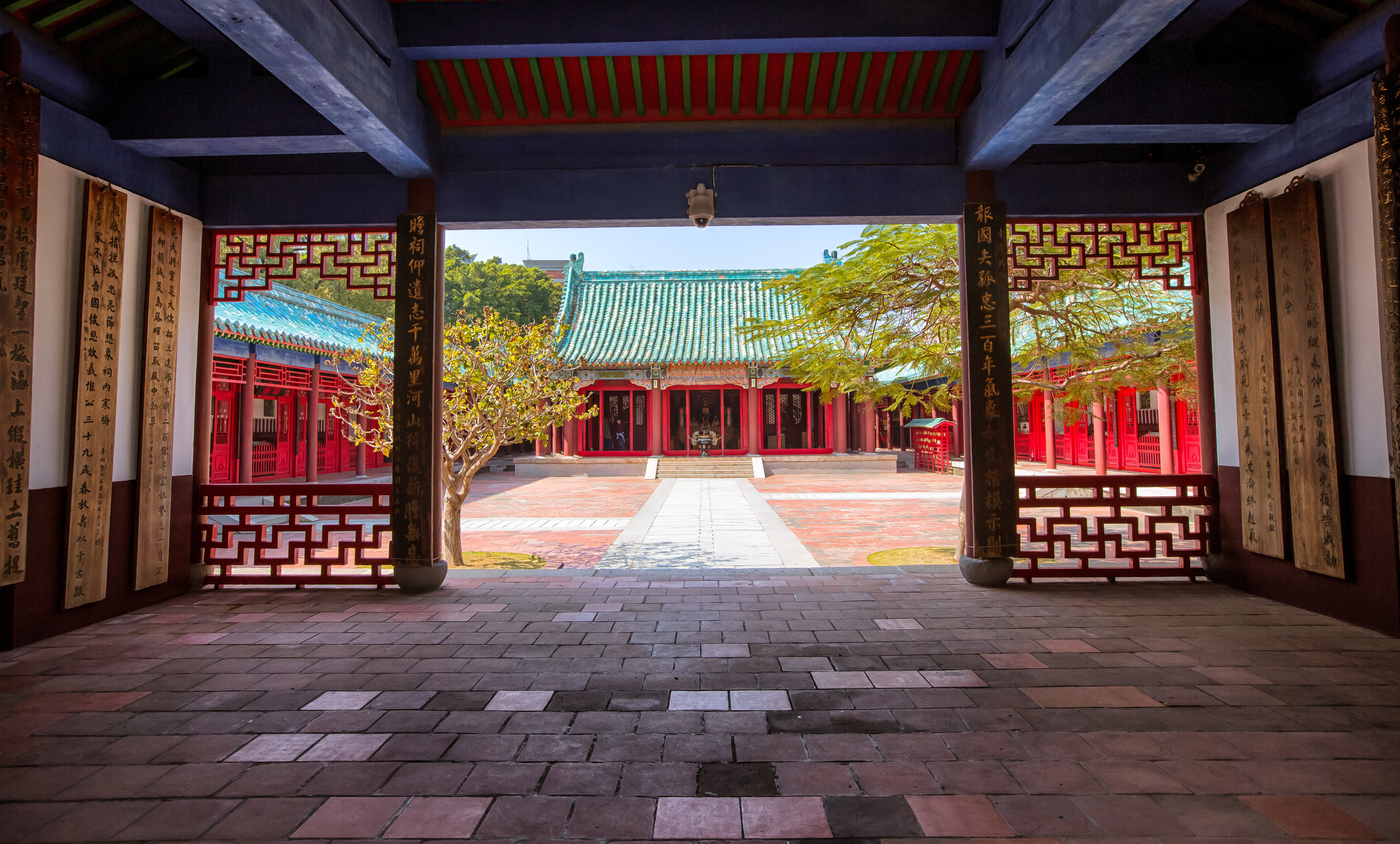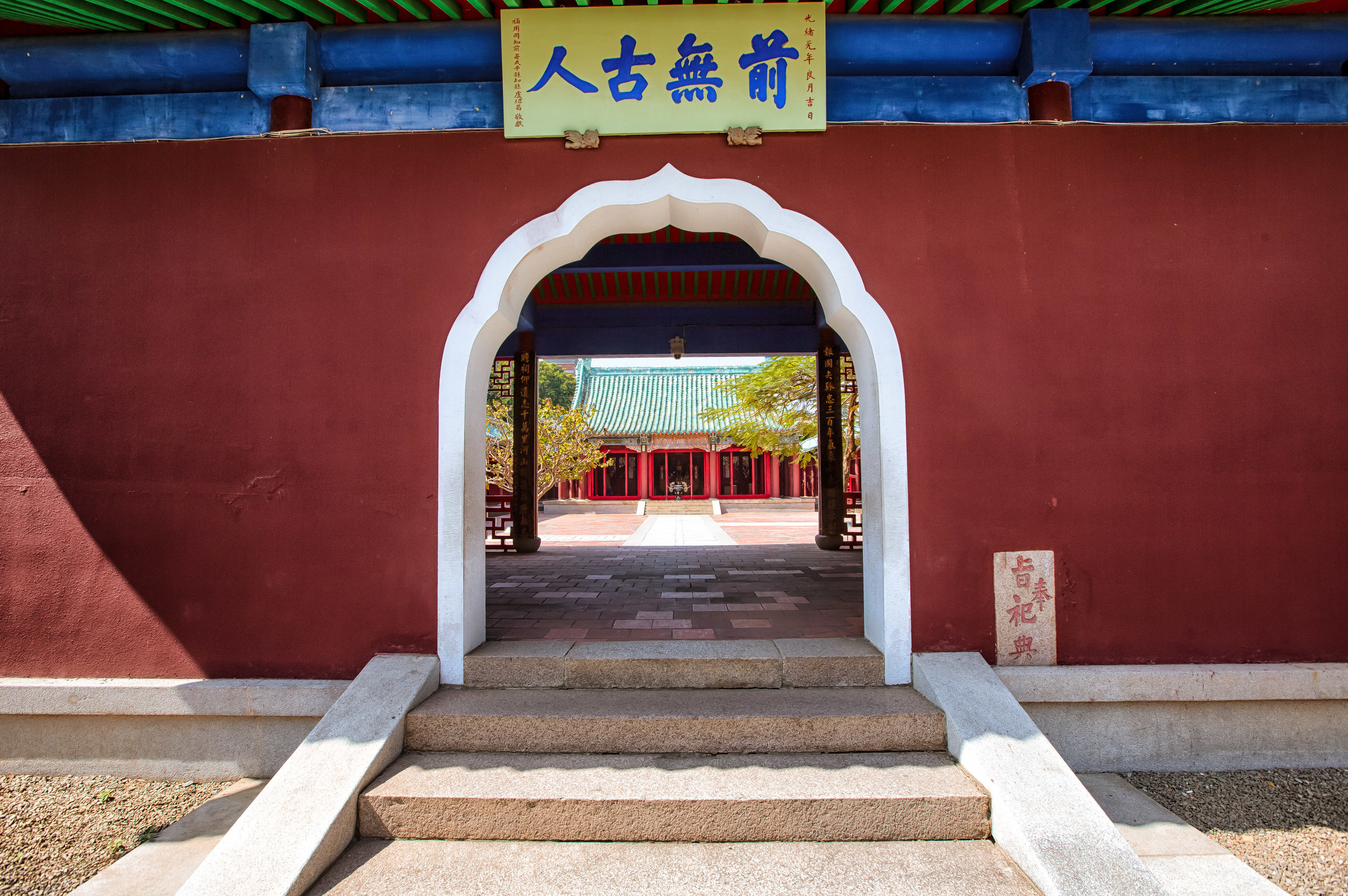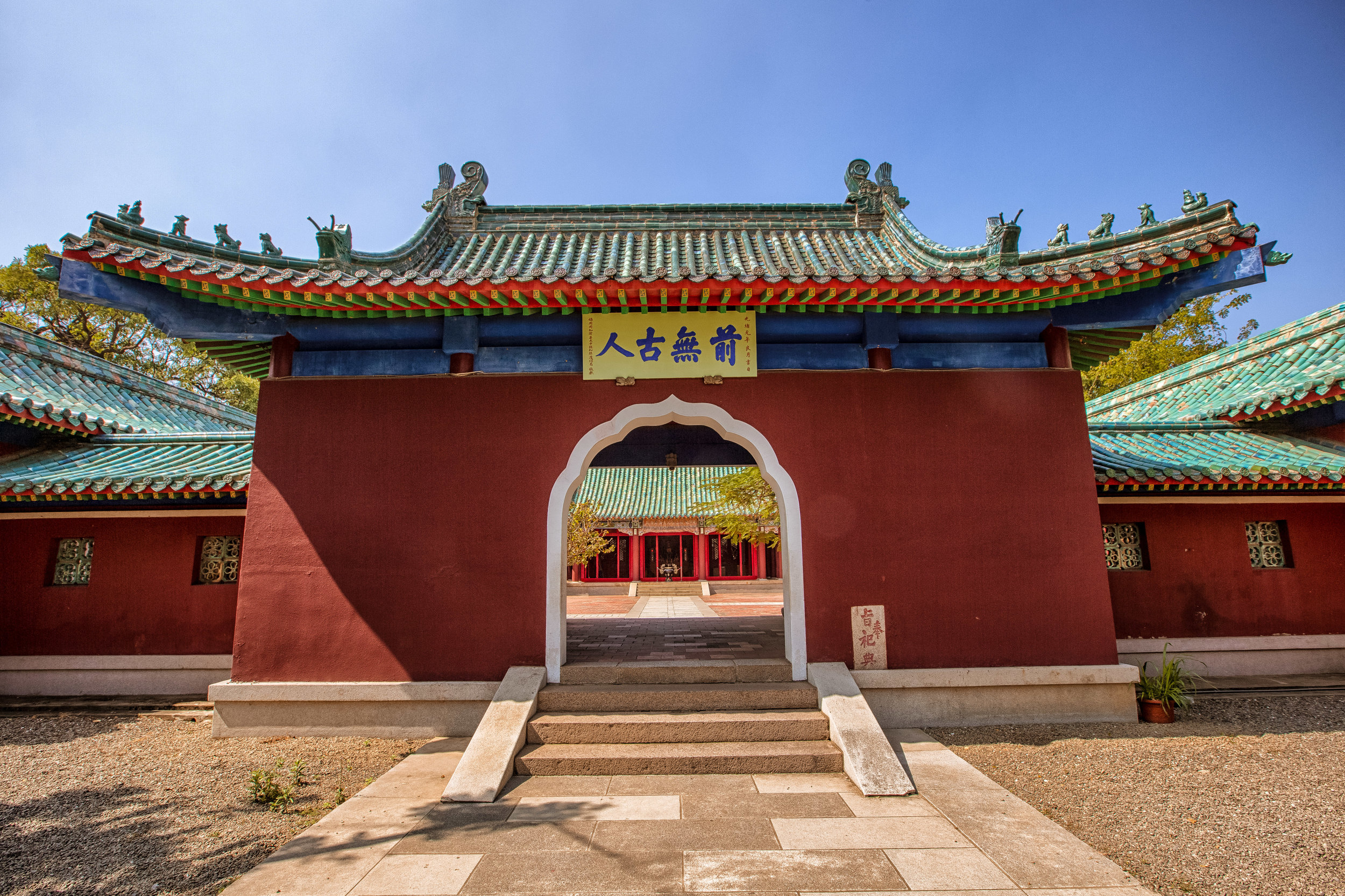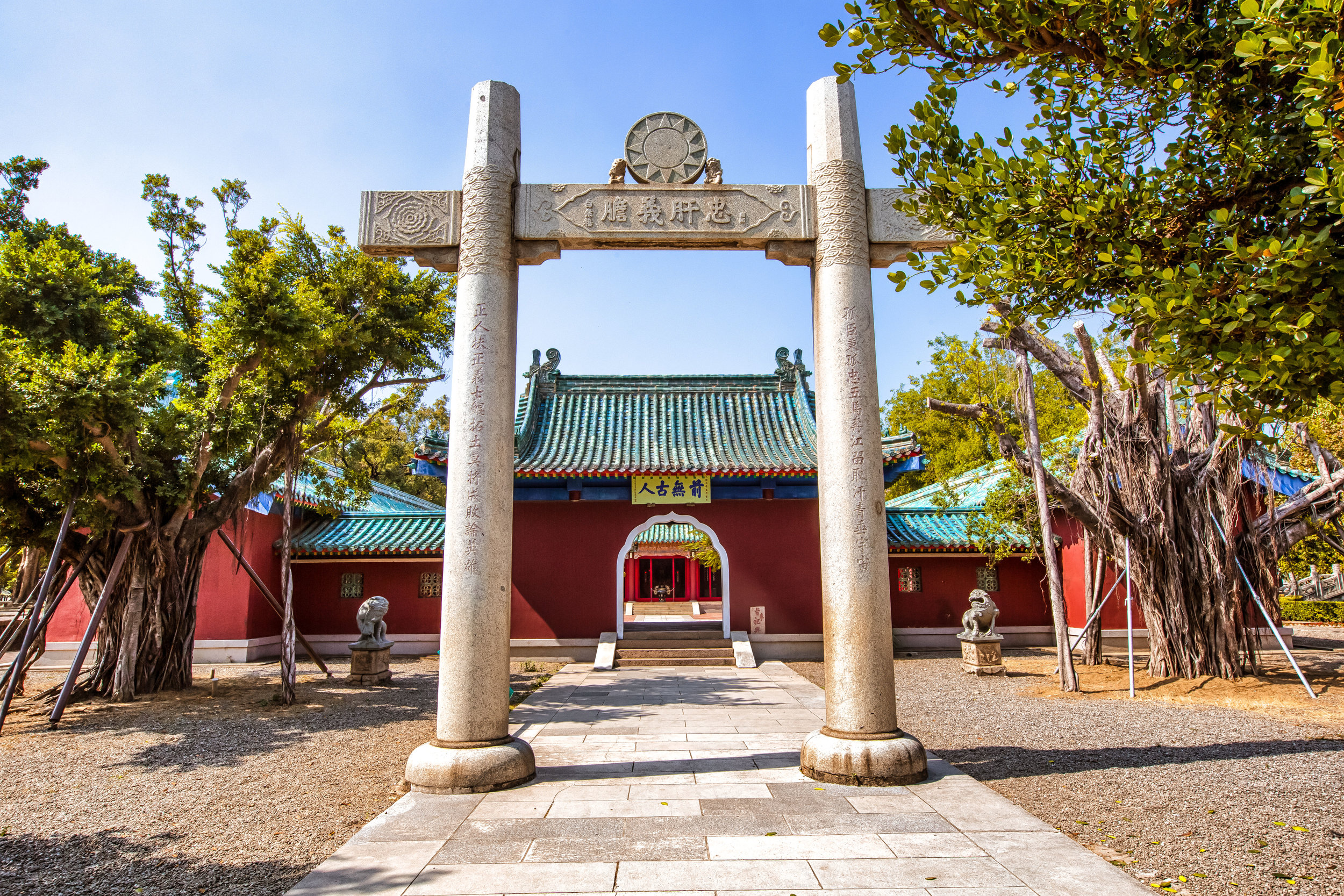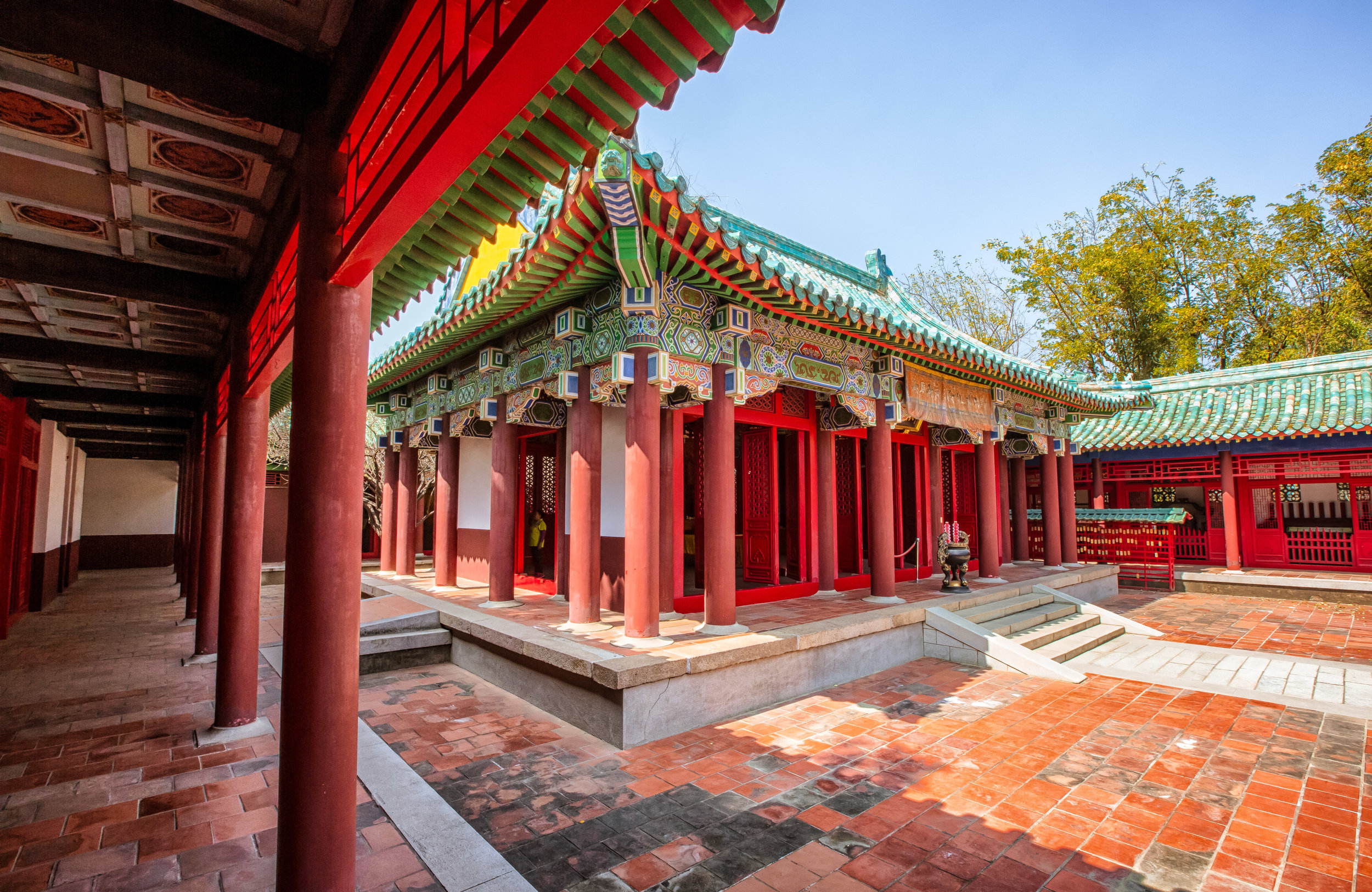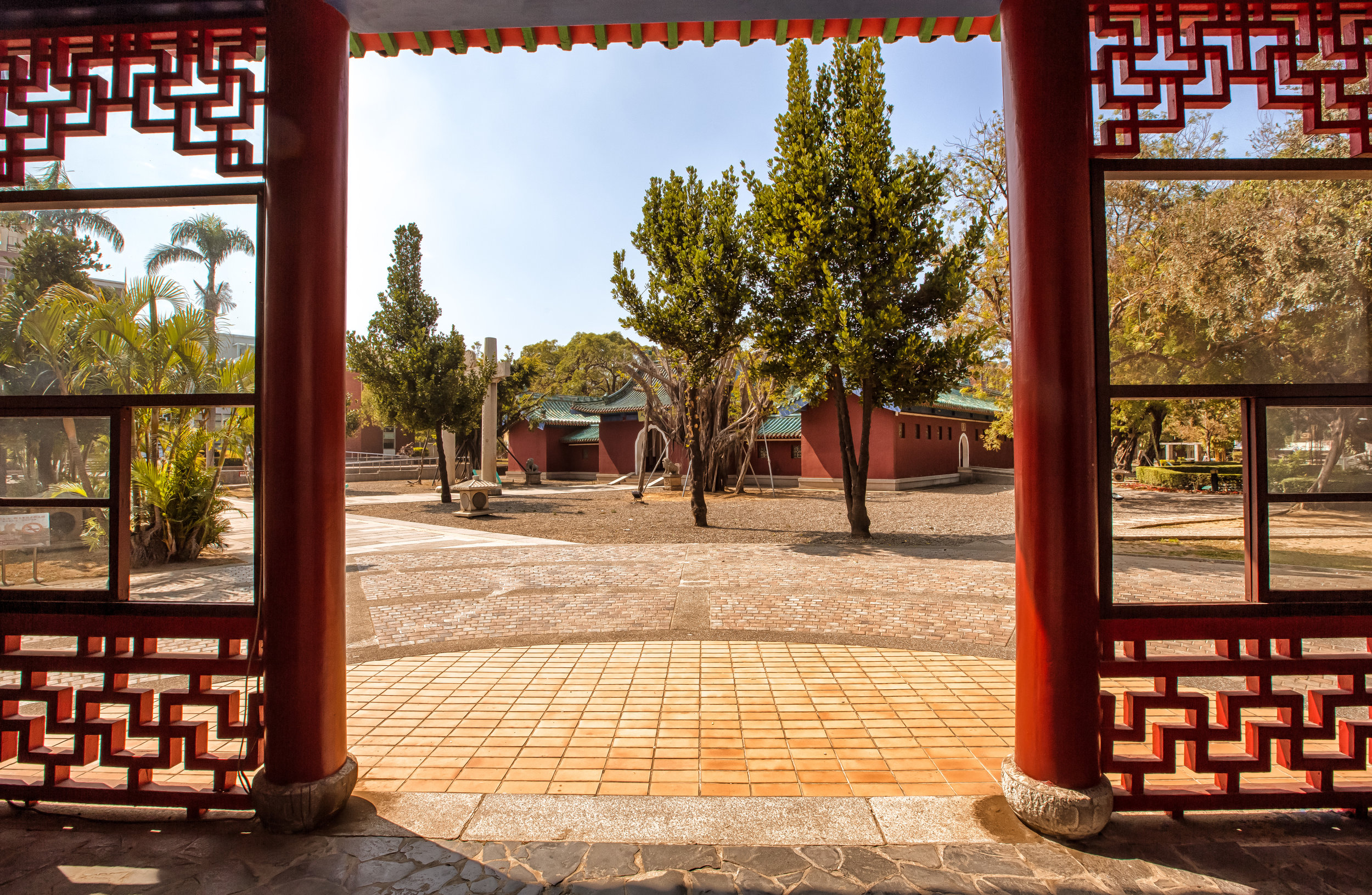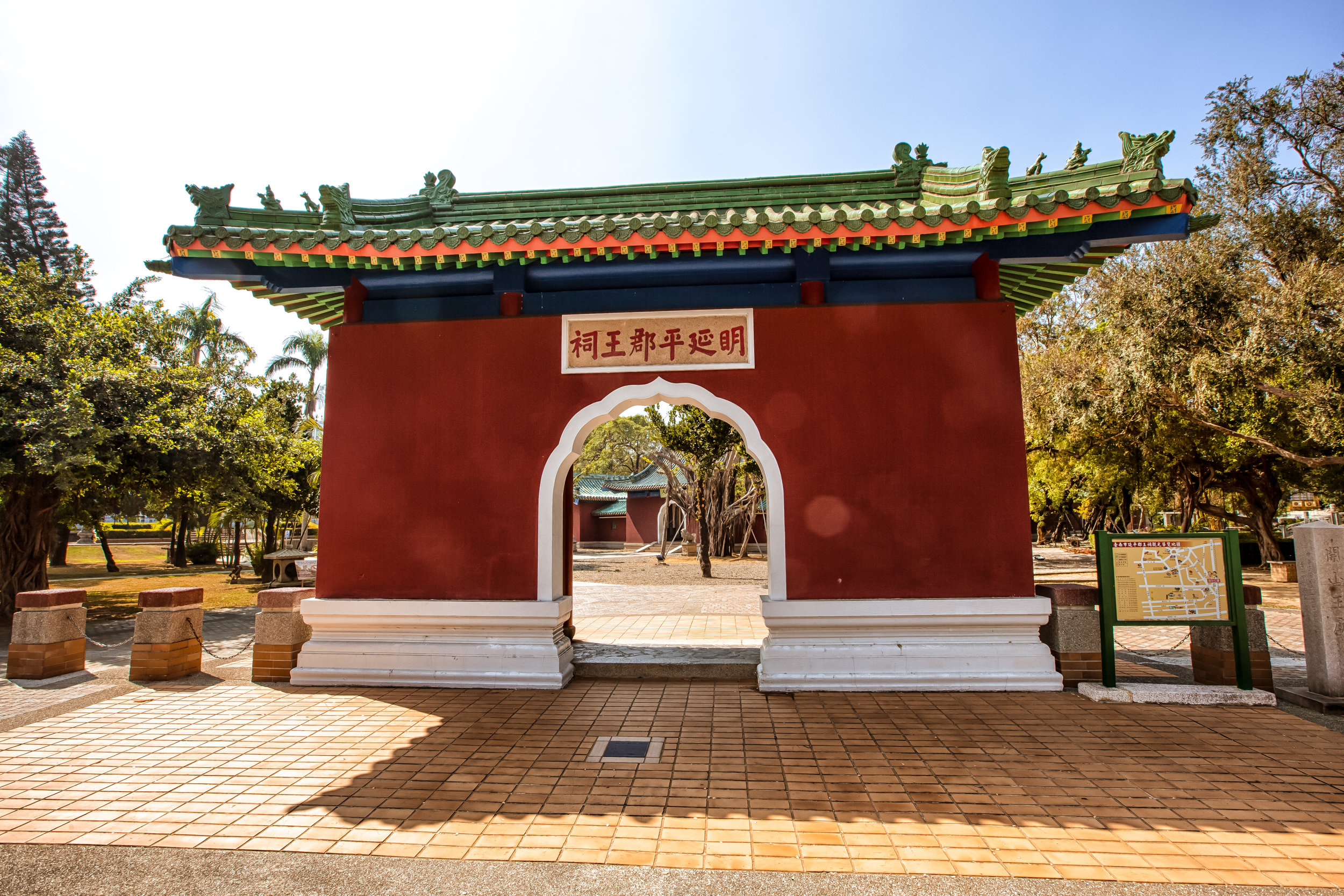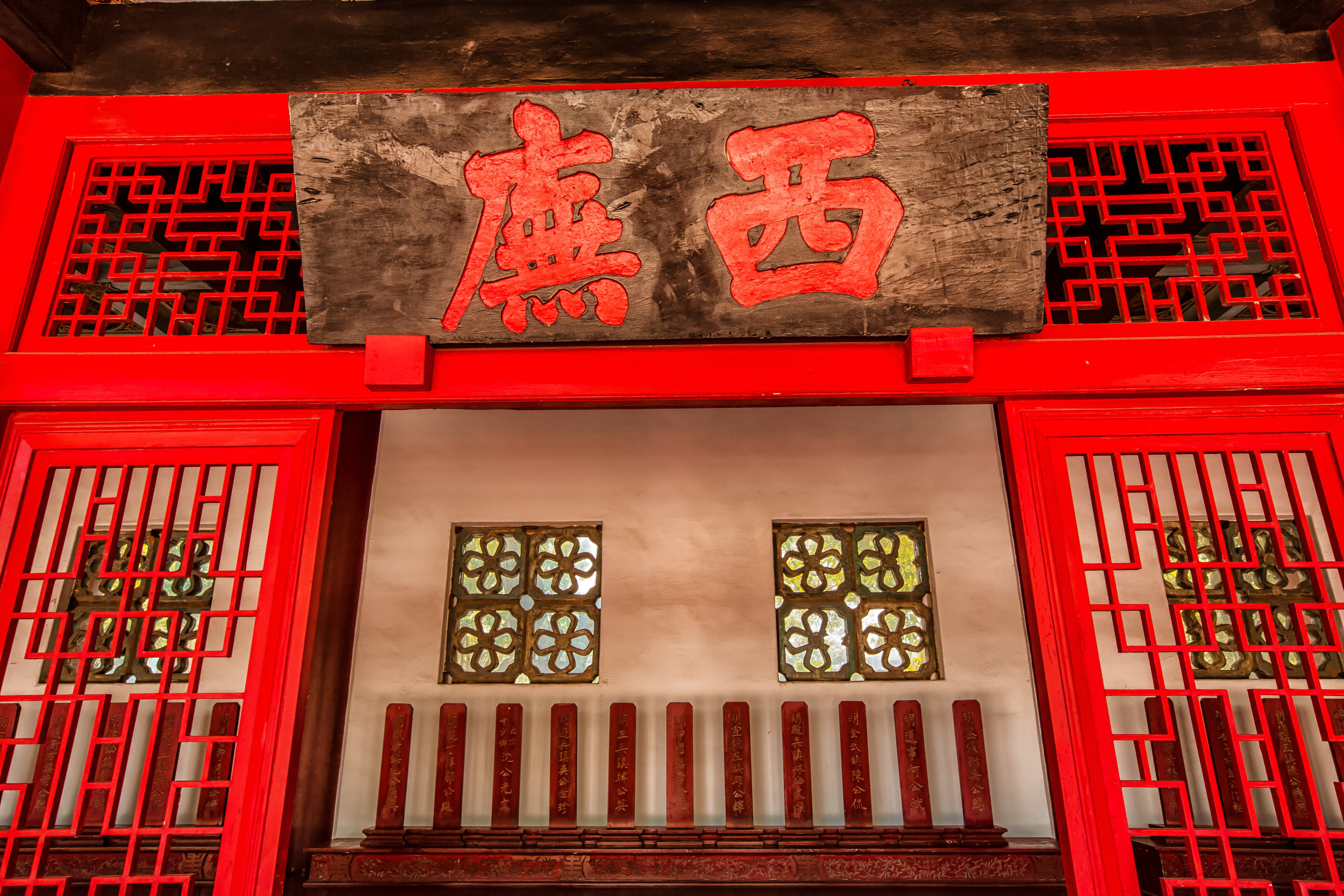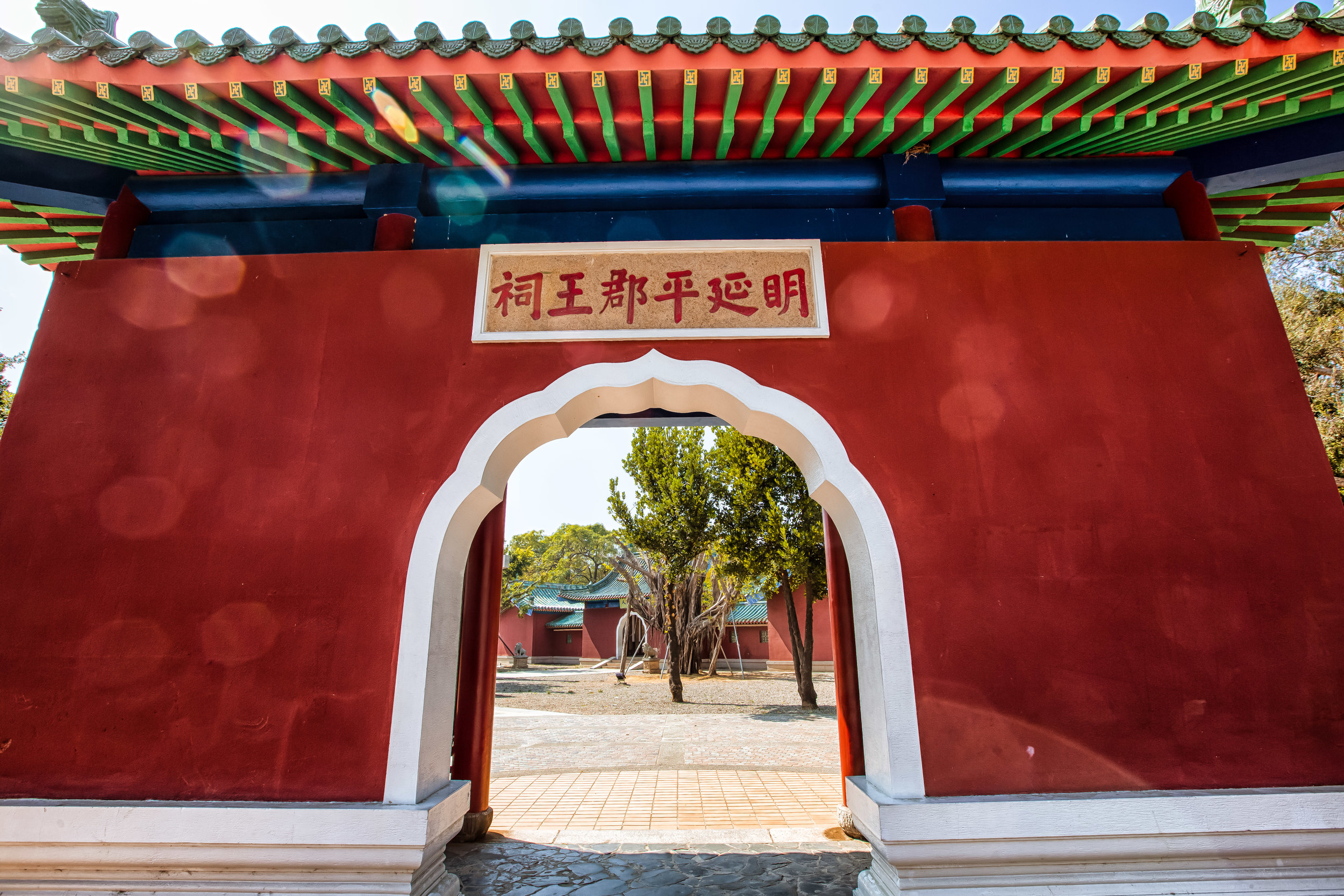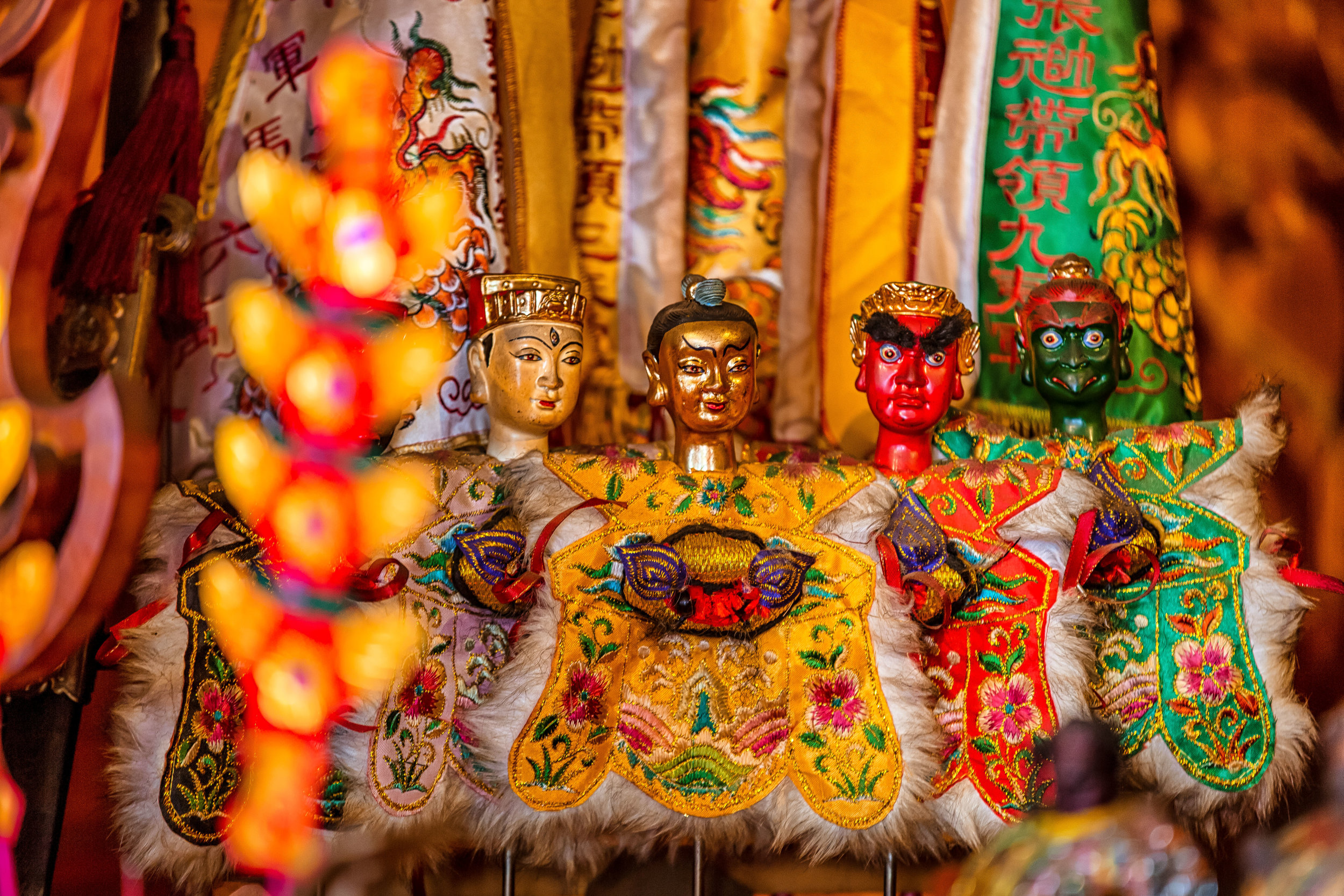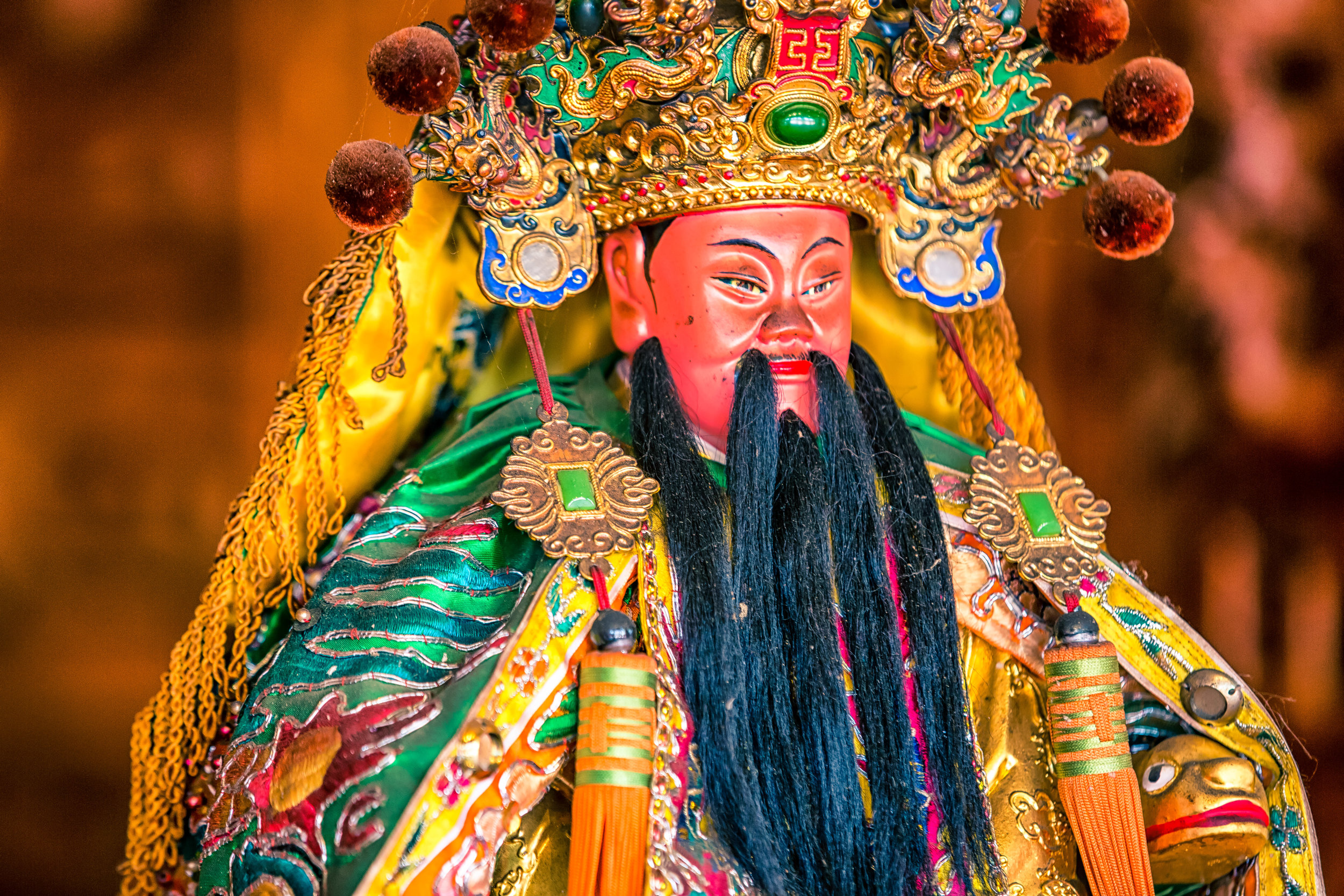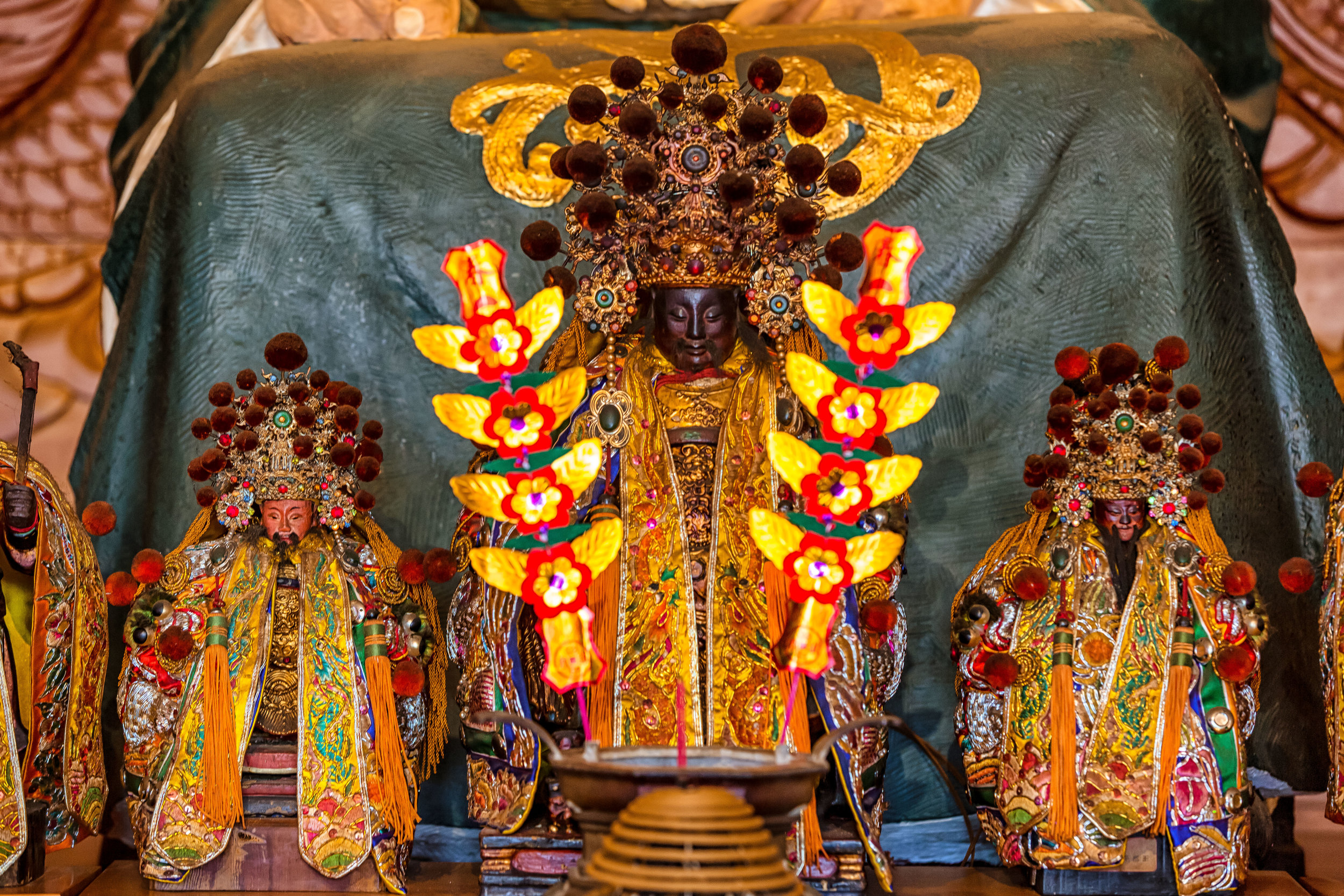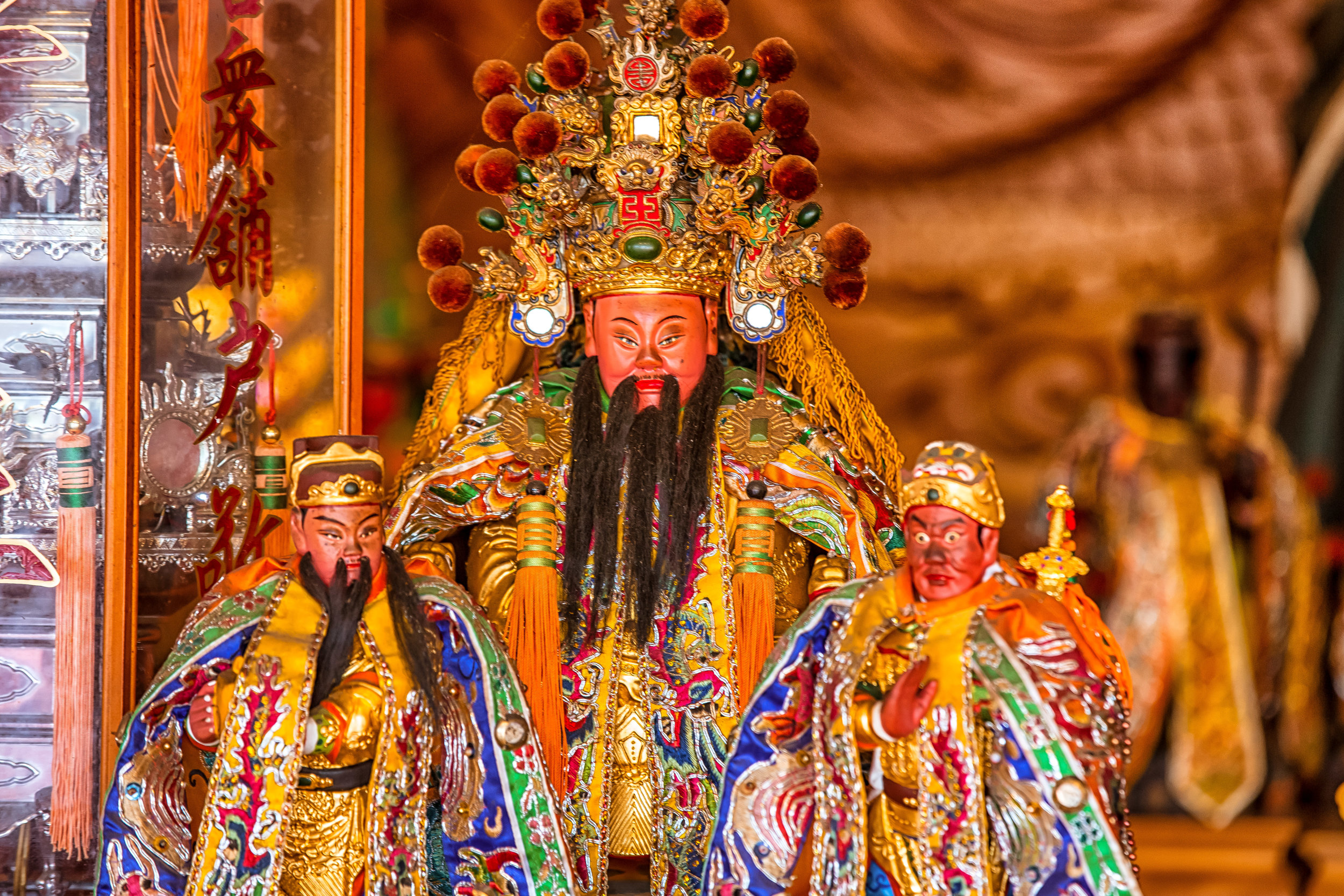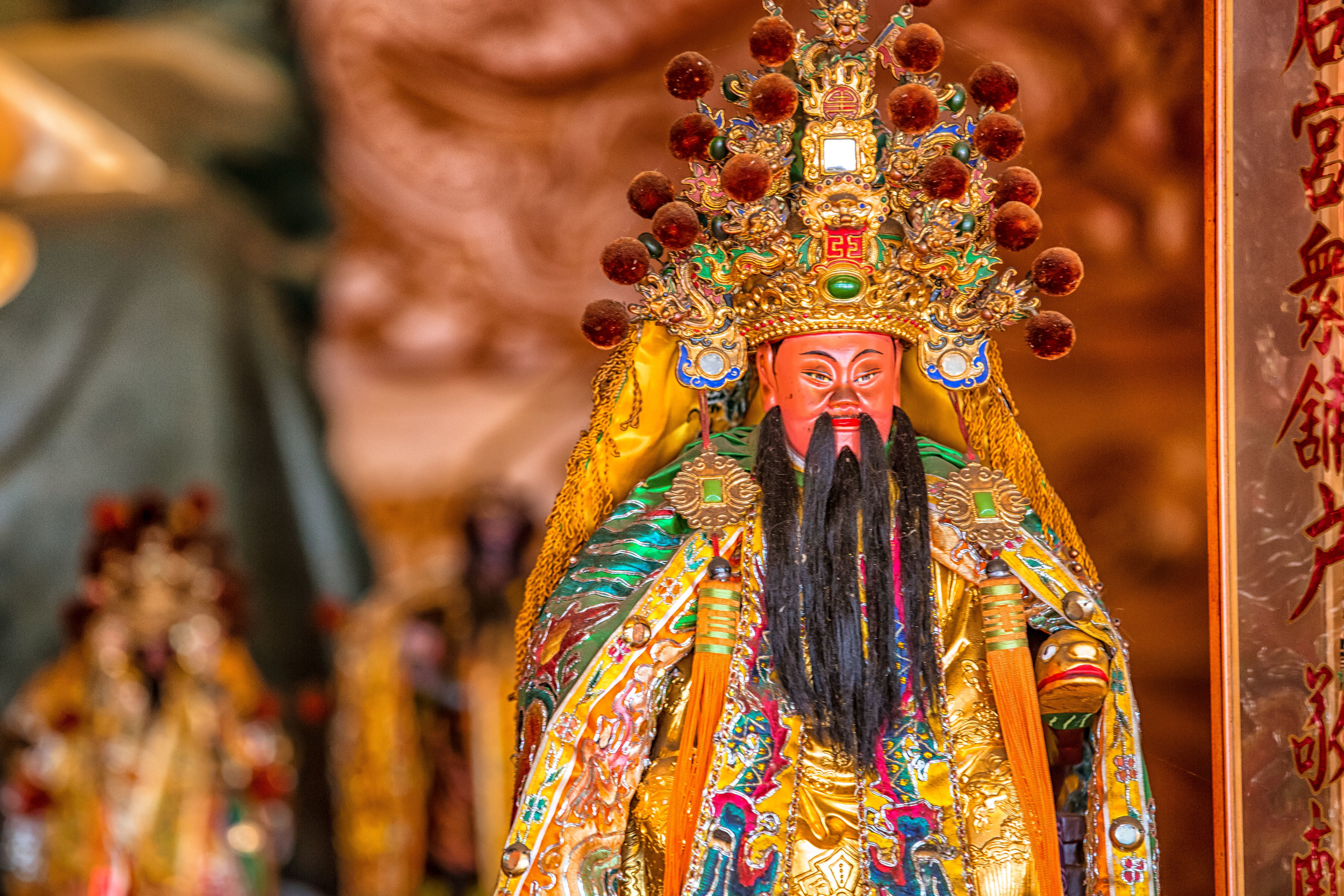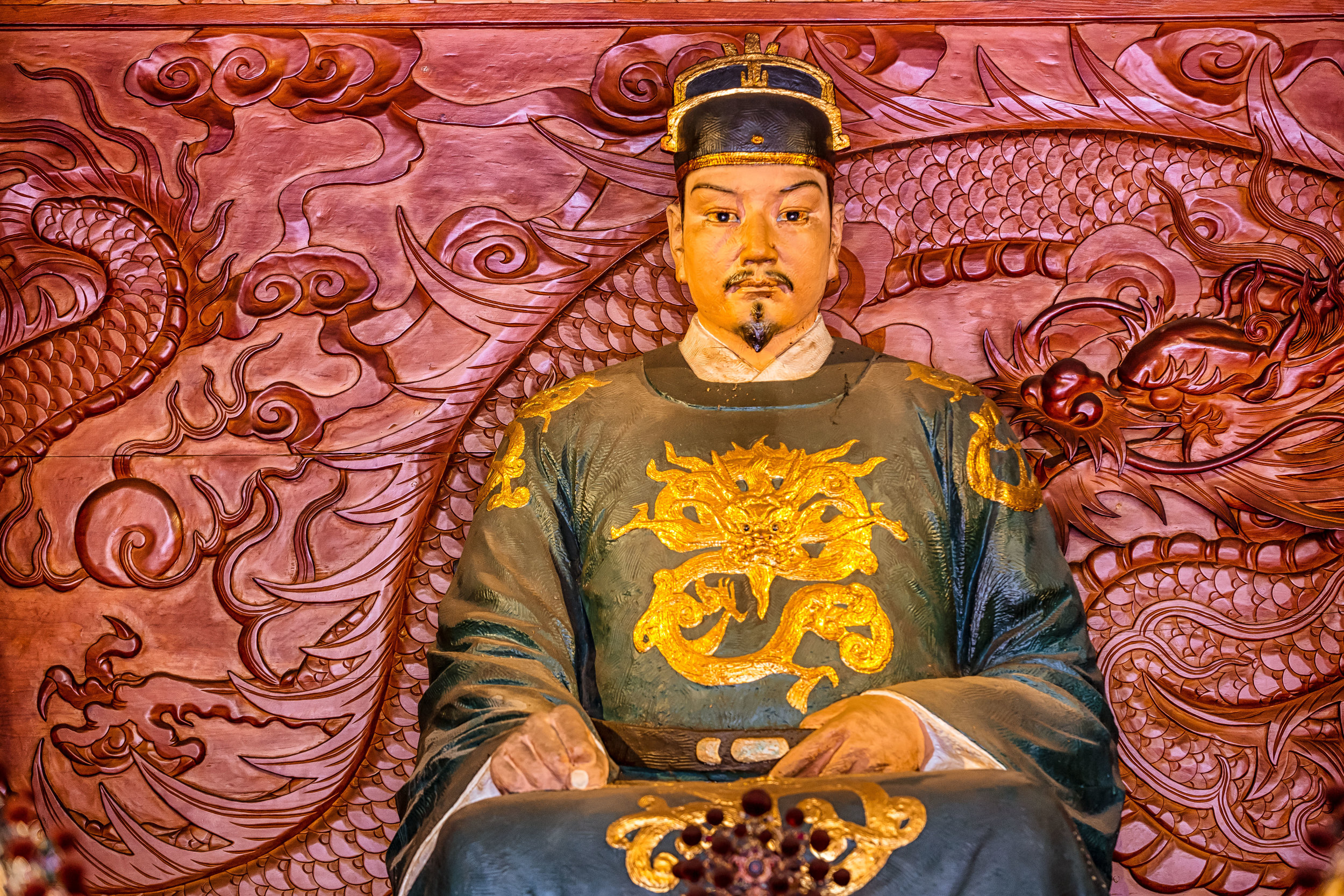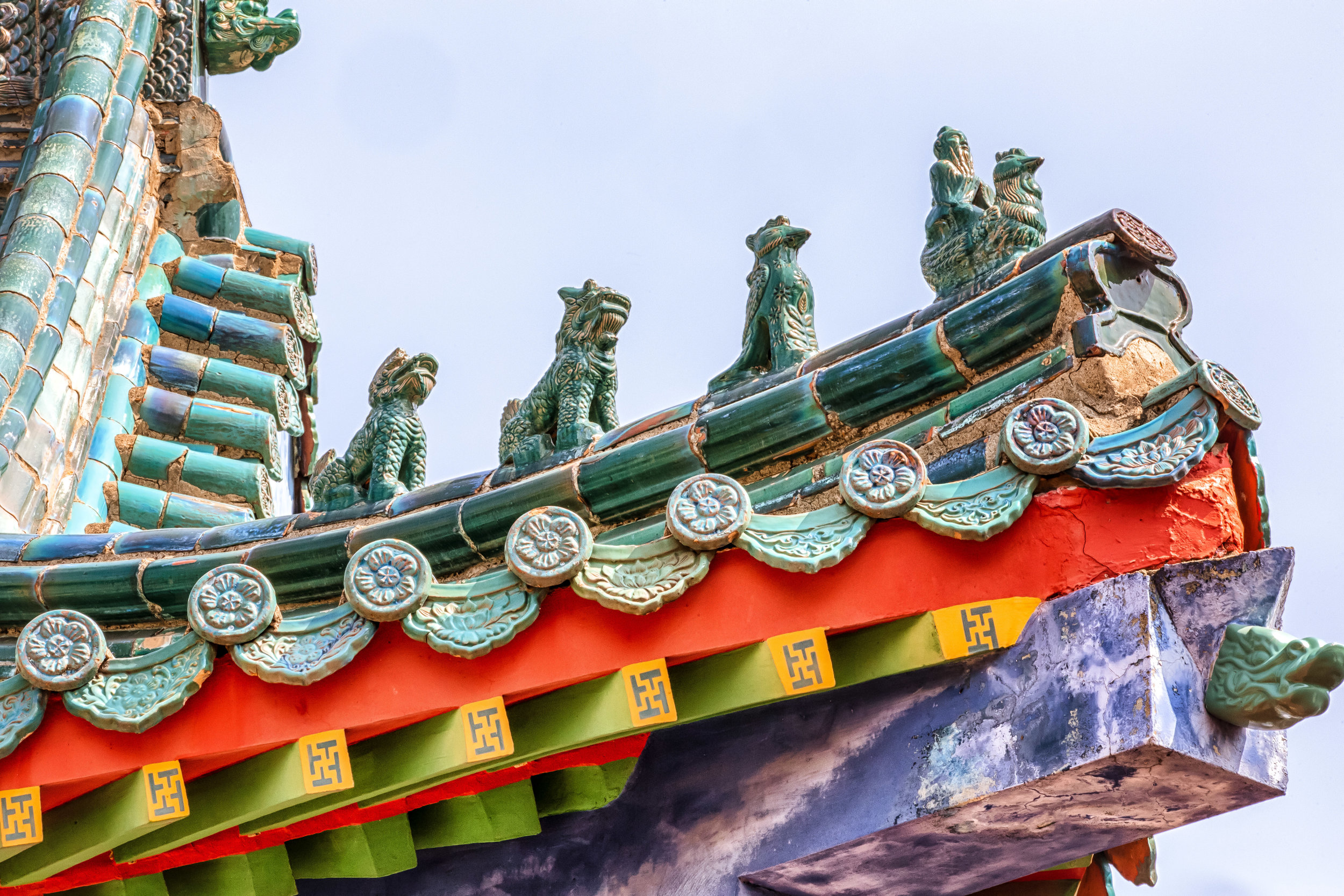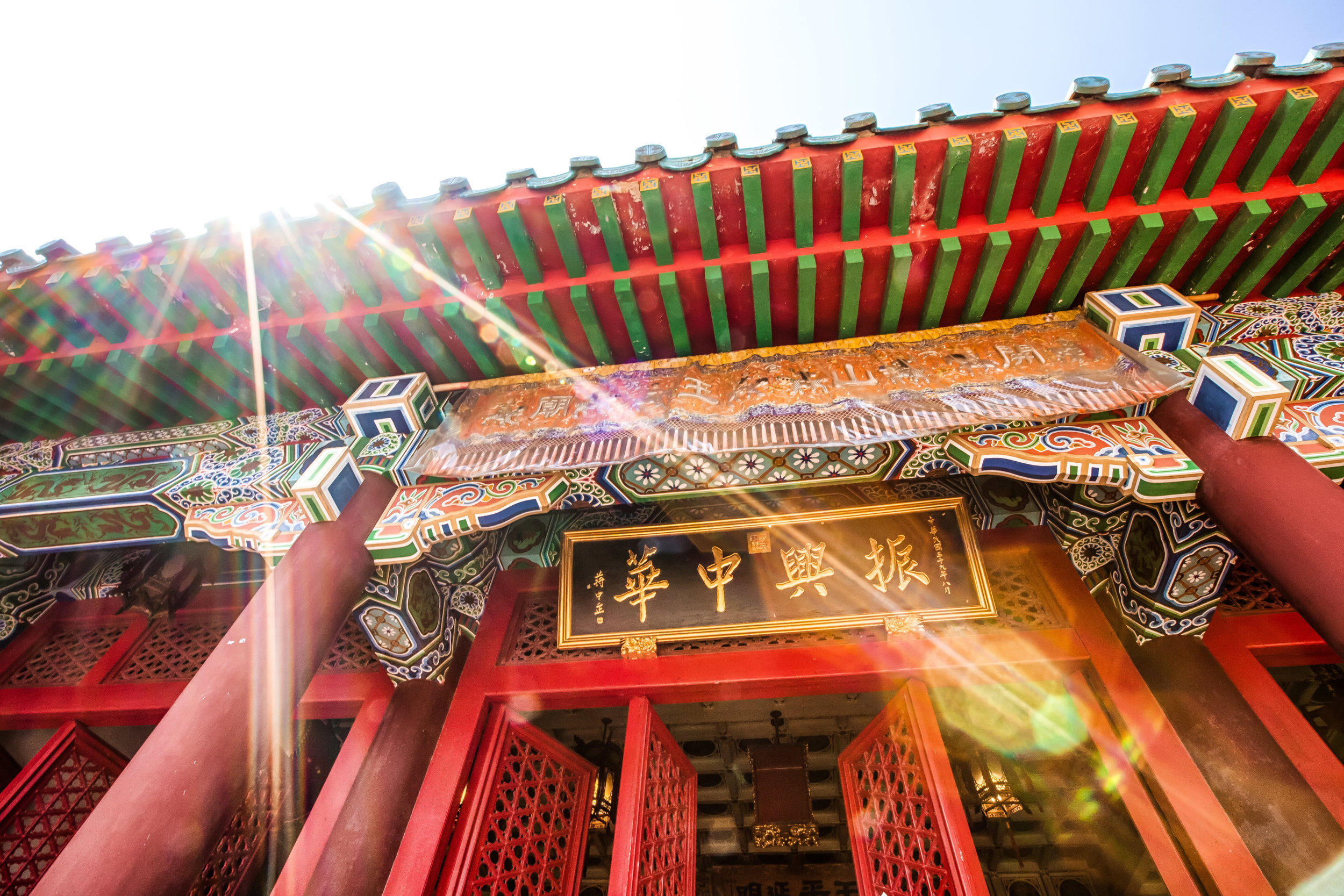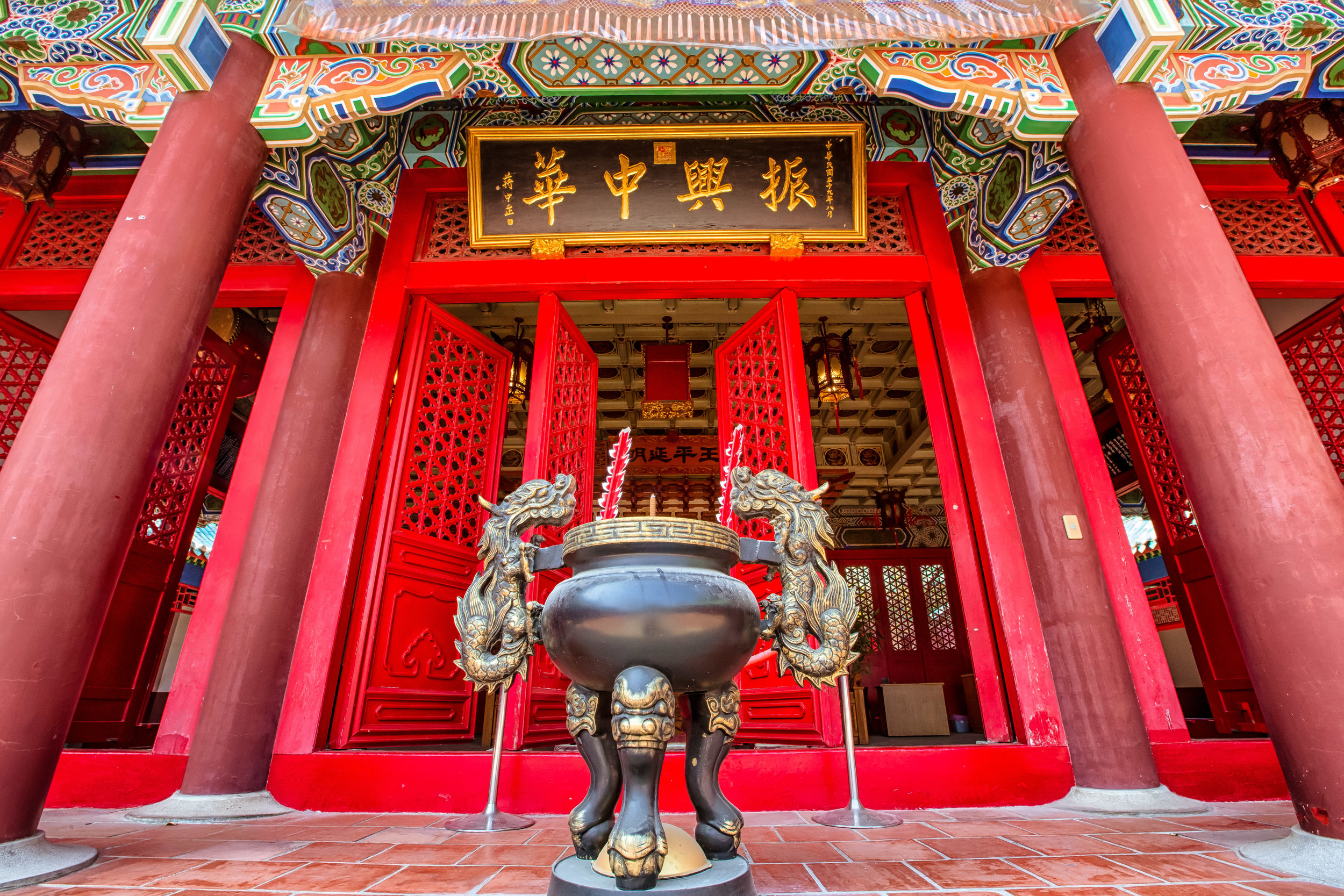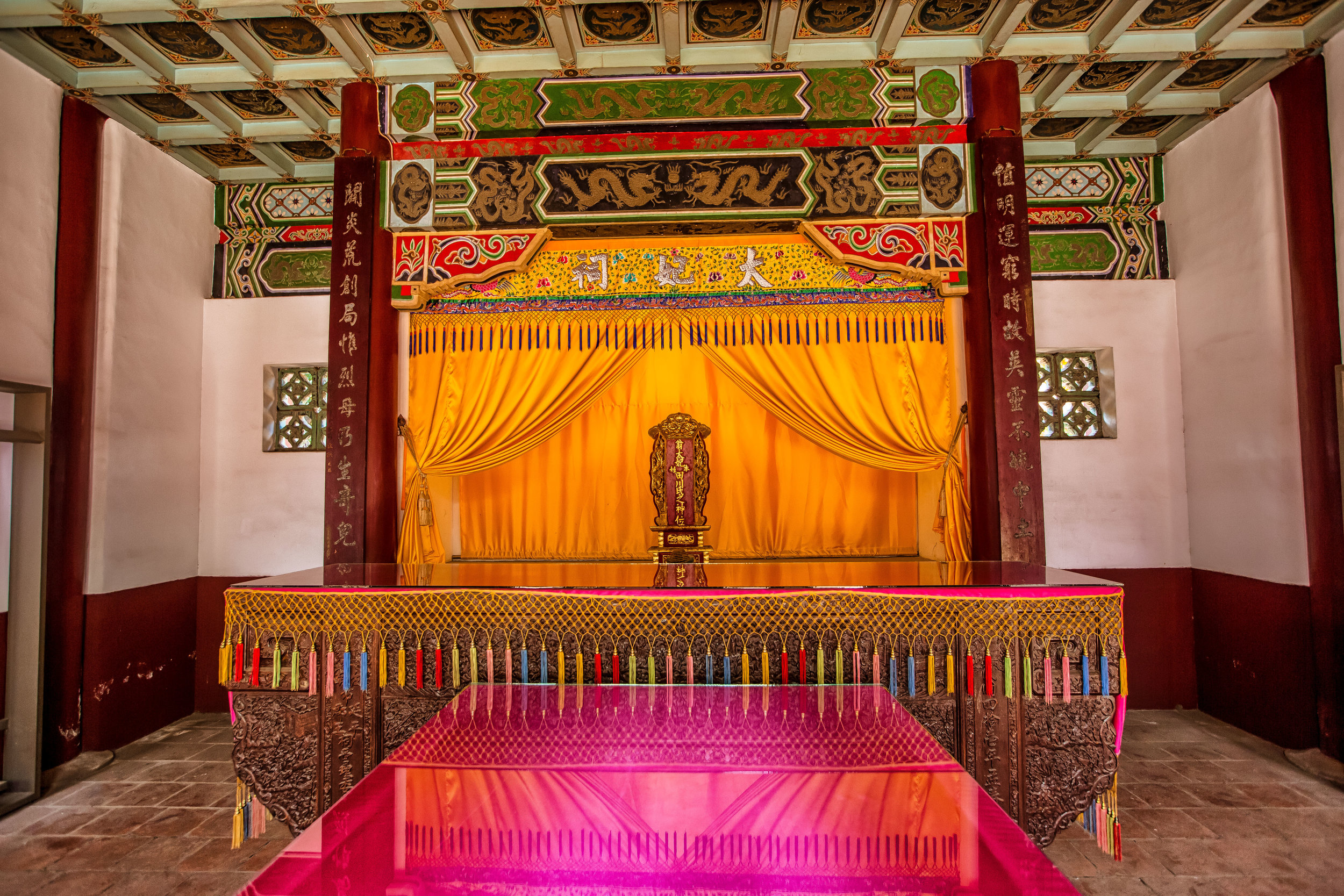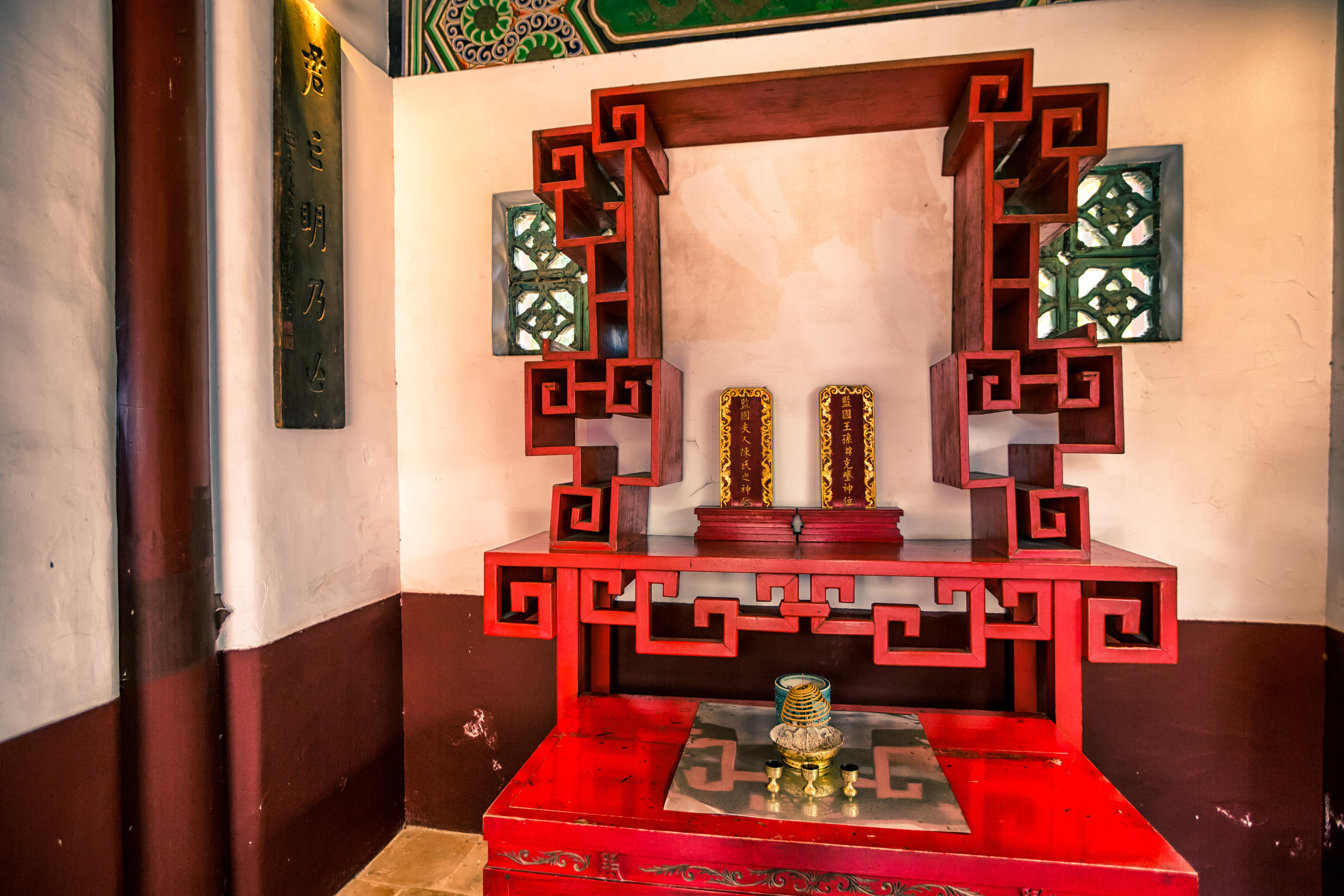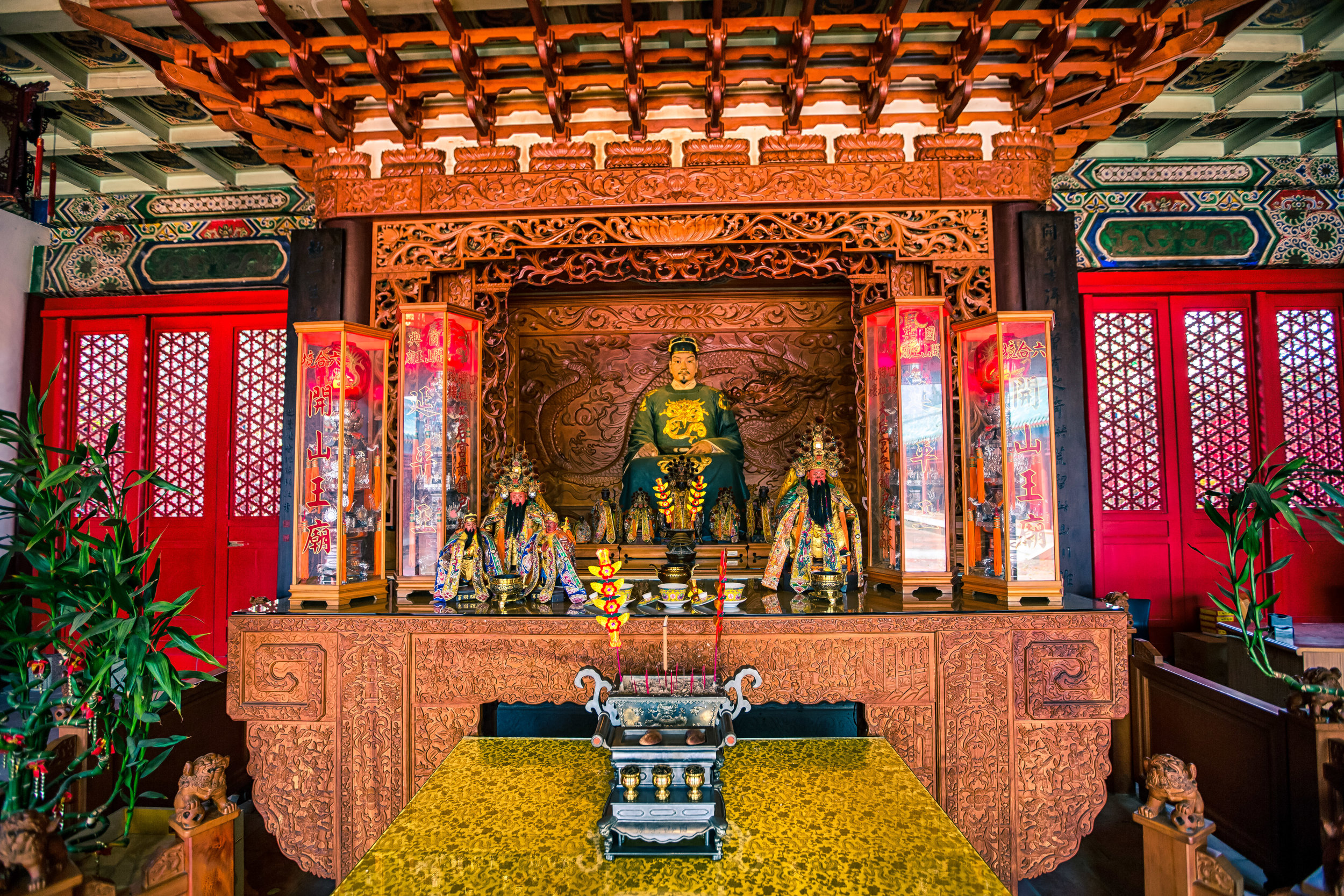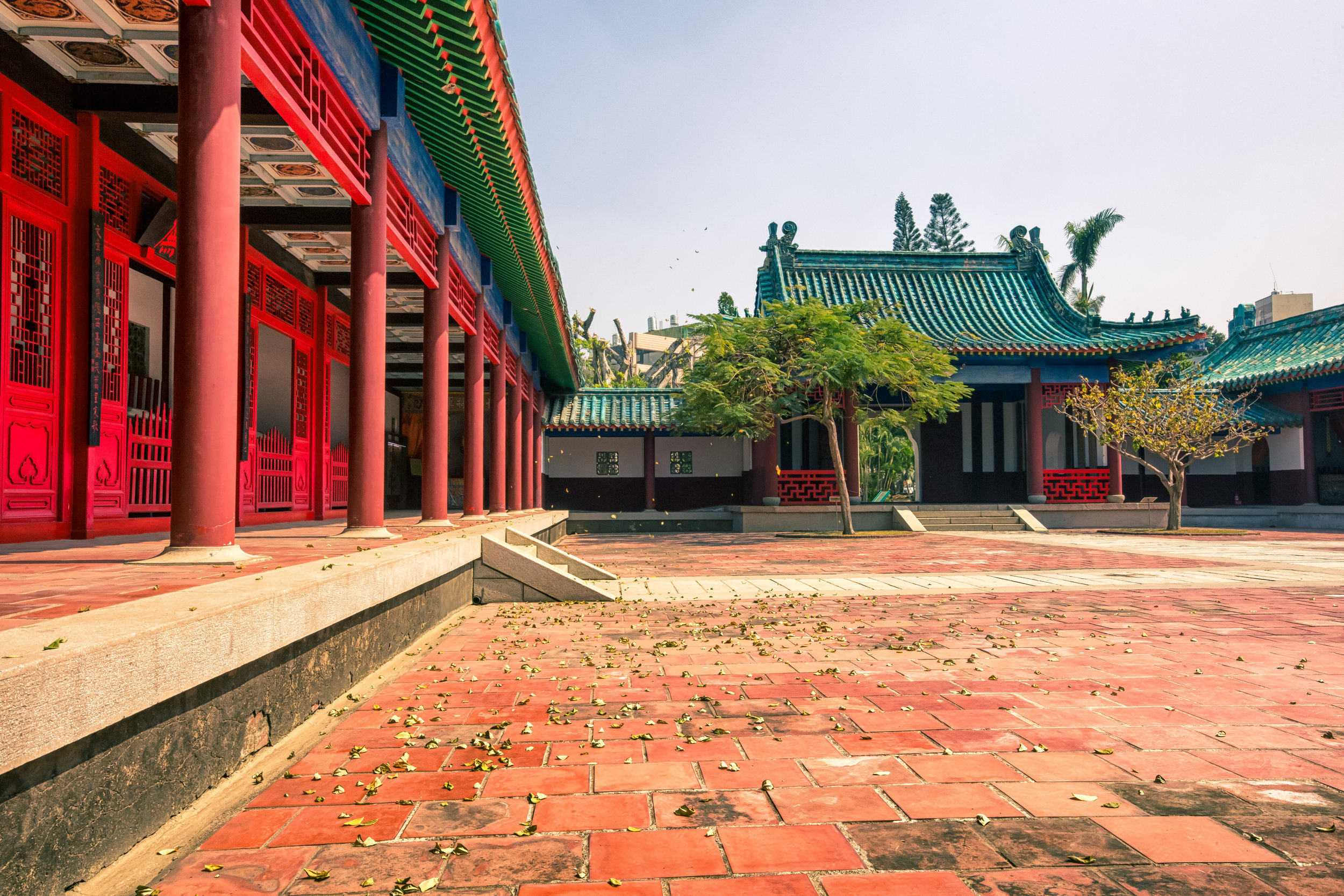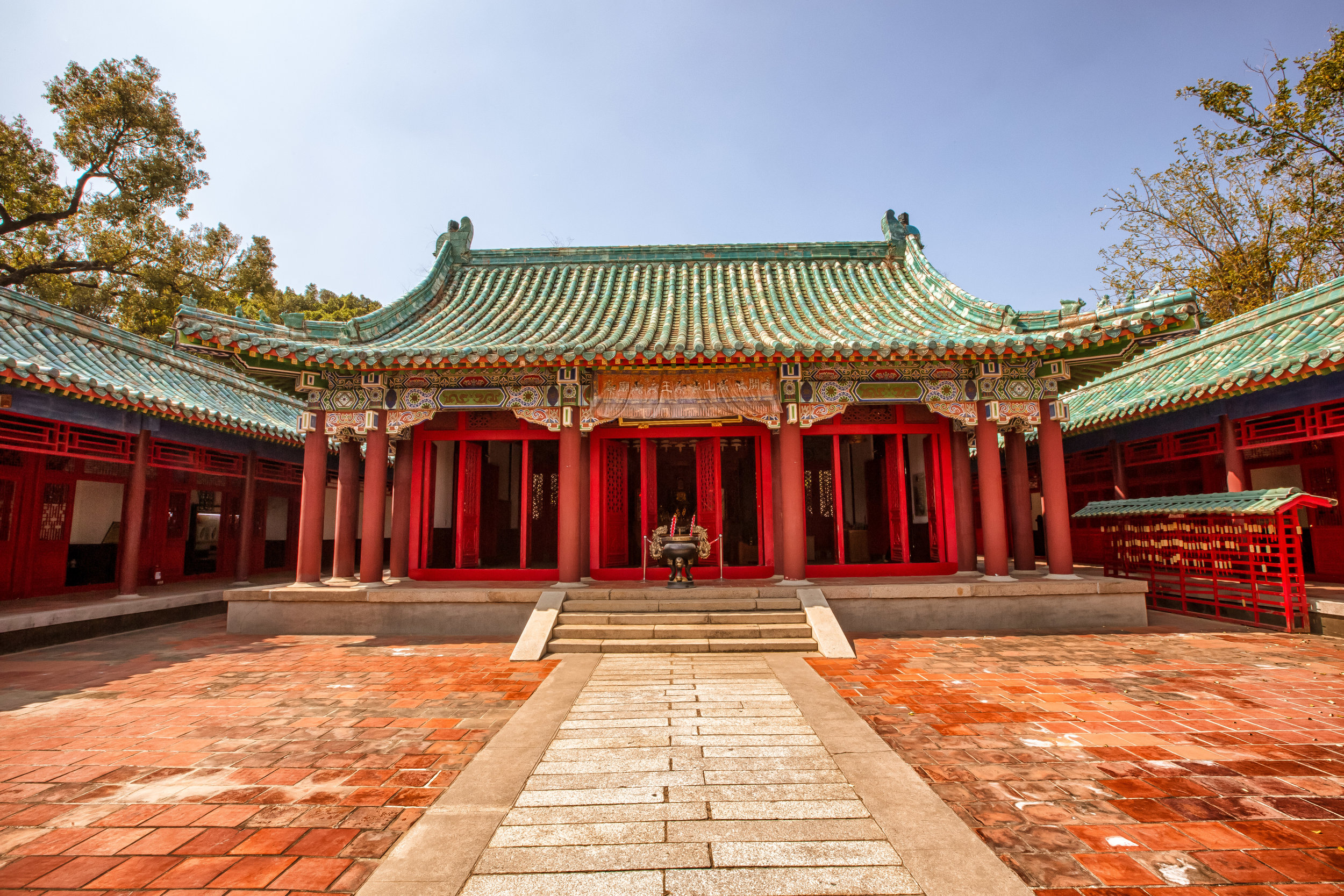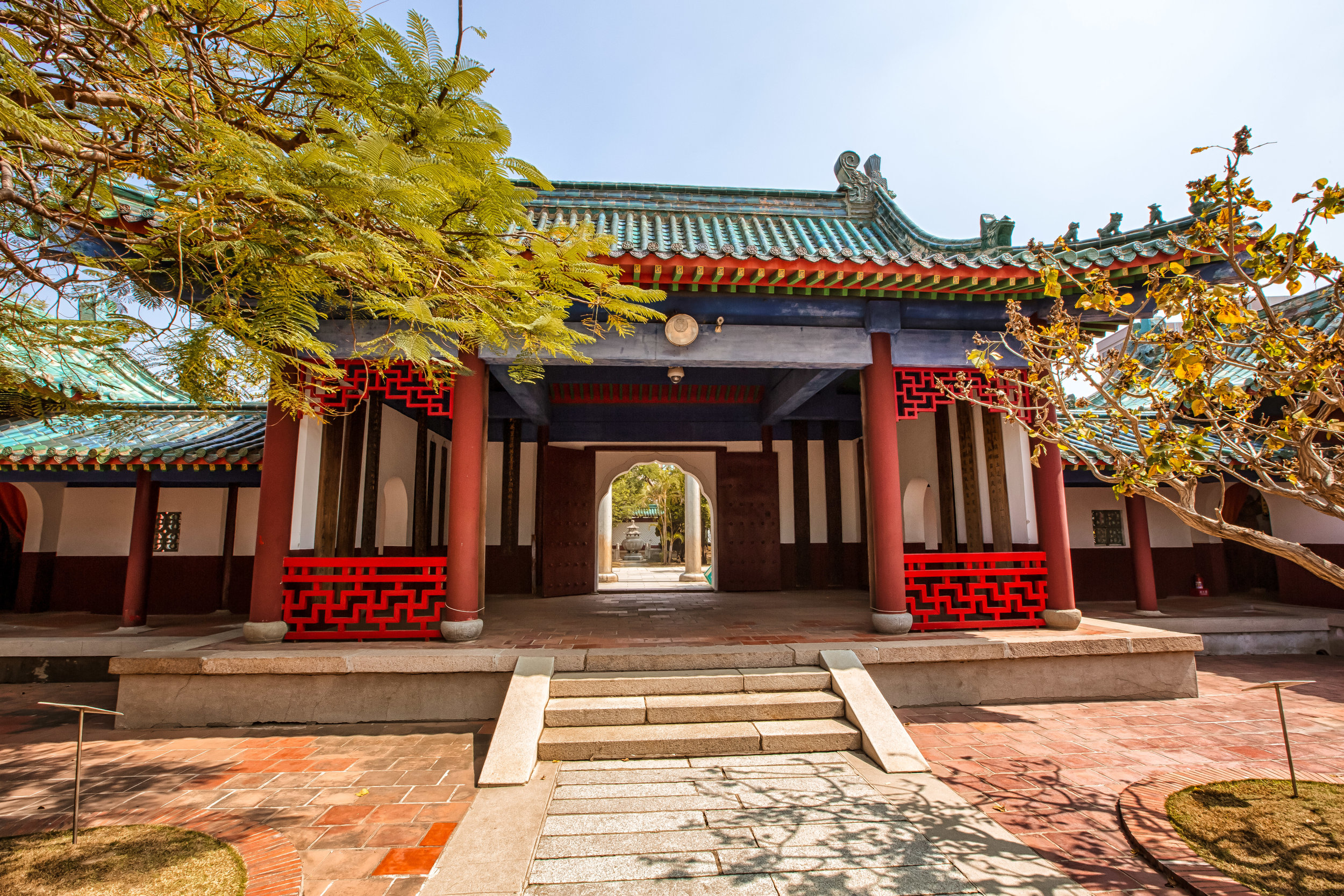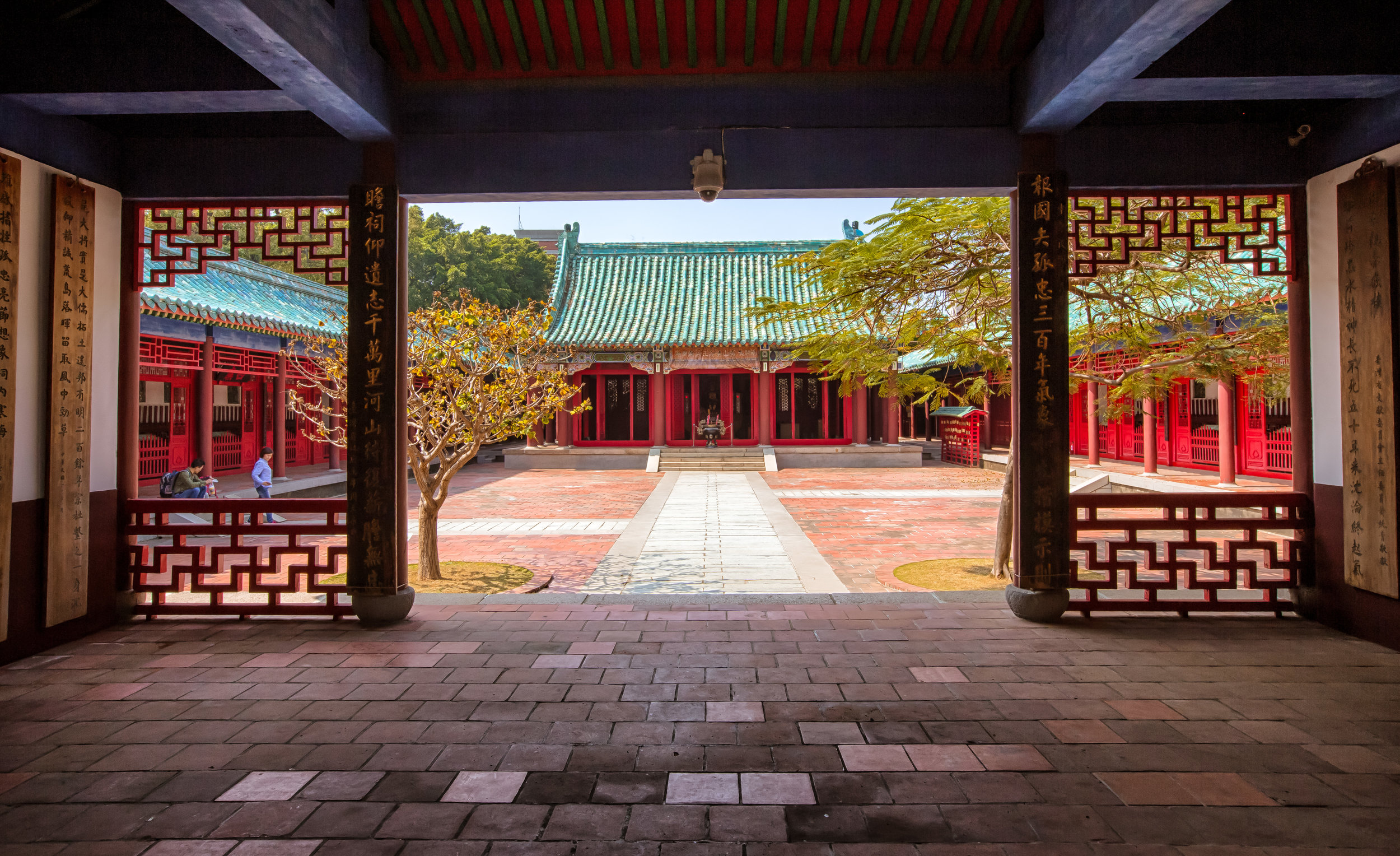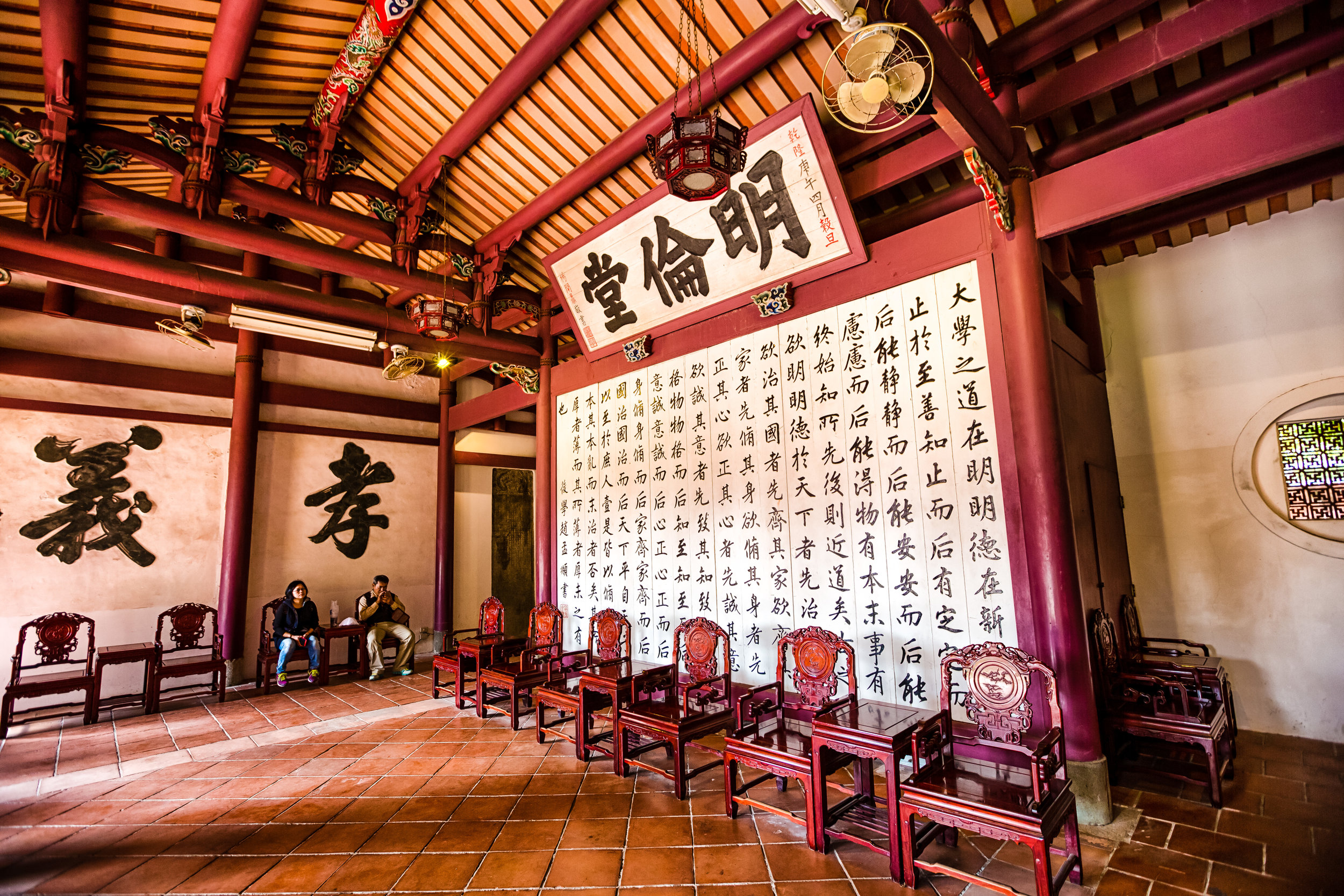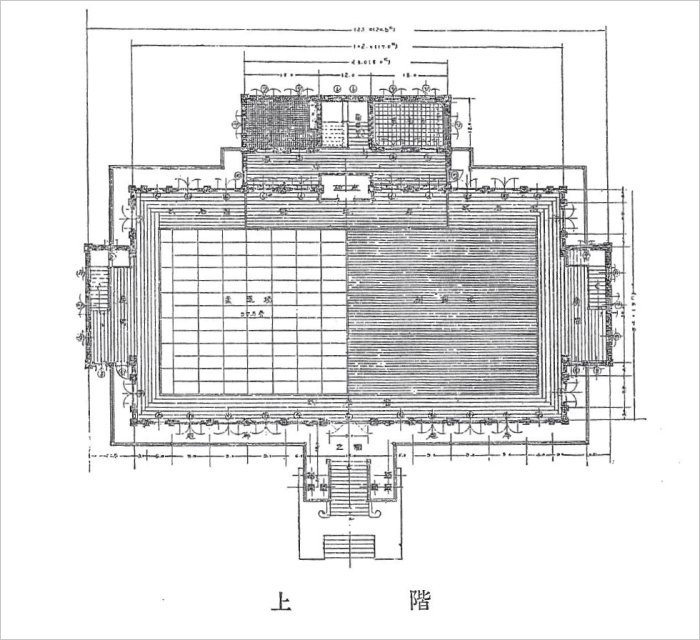When people talk about 'history' in Taiwan, the first place that usually comes to mind is "Tainan". The city which was at one time the capital of the island and even though it isn't the political capital today, is still often referred to as the "Capital City" (府城).
Tainan is one of the oldest developed cities in the country and if you've spent any amount of time in Taipei, a walk through Tainan almost seems as if you're been transported to a completely different country.
Tainan's modern history of development stretches back to when the Dutch East India Company established a fort and trading post in the area in 1624. The city then became the capital of the Kingdom of Tungning (東寧王國) after the Dutch were expelled which was then followed by the Qing, the Japanese Empire and the current Republic of China.
Through all these turbulent periods of political and foreign rule, the people of Tainan have been able to absorb those foreign cultures, cuisines and architectural styles and build a unique city with an identity of its own with arguably the best cuisine in the whole of Taiwan.
While Taipei might currently occupy the position as the political capital of Taiwan, Tainan is certainly the cultural capital and if you want to really experience Taiwan's 'folk culture' at its best, a trip to Tainan is the best recommendation anyone can give you. The amount of historical and cultural sites available for both domestic tourists as well as international travellers is enough to keep you busy for days.
In this post I want to introduce the Koxinga Shrine (延平郡王祠), a shrine of great importance with regard to Taiwan's history. This shrine has a history unlike any other in Taiwan and at over three and a half centuries old has not only withstood the test of time but also several periods of political upheaval as well as destruction on several different occasions.
Before we start talking about the shrine however, I think its important to offer readers a bit of an introduction to the man for which it is dedicated to - a local folk hero in Taiwan who is revered and respected by the people of Taiwan as well as in both Japan and China.
Koxinga (鄭成功)
One of the most interesting figures in the last few hundred years of Chinese and Taiwanese history, the man known as Koxinga (國姓爺) or Zheng Cheng Gong (鄭成功) was born near Nagasaki in Japan in 1624 to Zheng Zhilong (鄭芝龍) a pirate and merchant of Chinese origin and a Japanese woman named Tagawa Matsu (翁氏 / 田川マツ).
Koxinga lived in Japan until the age of seven when he returned to China with his father to further his studies. At the age of fourteen he took an imperial examination and was awarded the status as a 'Xiucai' (秀才) or "scholar" which started him on his path to civil service and in part cemented his loyalty to the Ming Dynasty (明朝).
In 1644, Koxinga began his studies at the Imperial Nanking University, now known as Nanjing University (南京大學). That same year however saw attacks from a peasant rebellion from within the empire which weakened the already crumbling dynasty. Soon after the decision was made to open the gates of the Great Wall to allow Manchu (滿族) armies from the north to come in and put an end the the insurrection.
Unfortunately for the Ming, the exact opposite happened and the Manchu's sought to take tactical advantage of the weakened state and take control of China.
The final blow to the Ming came when Emperor Chongzhen (崇禎) committed suicide rather than being taken prisoner by the Manchus ending the three century old dynasty (1368-1644).
The Qing Dynasty (清朝) was established later that year.
The defeat of the Ming Dynasty and the suicide of the emperor had a tremendous impact on Koxinga's life and saw the young man returning to his home base in Fujian where his family held a considerable amount of power and influence.
As Ming-loyalists, the Zheng family sought to drive the Manchu's out of China and restore the dynasty with the first step being the establishment of the Southern Ming (南明) in Nanjing. Unfortunately the dynasty and its emperor, Emperor Longwu (龍武) were short lived as the Qing quickly consolidated power and moved their forces south to quell the rebellion.
When the Qing invaded Fujian in 1646, Koxinga's father was forced to surrender, his mother (was rumoured to have been) raped and murdered and Emperor Longwu was captured and executed thus ending any hope for either the Southern Ming or the Ming itself.
Despite the loss of the Southern Ming and even the loyalties of his father, Koxinga continued his struggle against the Qing recruiting many to his cause. While Koxinga's forces were considerably smaller than that of the Qing, he used his Naval superiority to his advantage launching raids on Qing-held territories within the Fujian area and enjoyed a series of military successes that caused major headaches for the newly established dynasty.
In 1661, Koxinga turned his attention to Taiwan, which at the time was under Dutch control. The plan was a simple one - force the Dutch off of the island and transform it into military base which could be used by his forces in an attempt to retake the mainland and restore the Ming.
With a fleet estimated at 400 ships and over 25,000 soldiers, Koxinga first seized the Peng Hu islands as a strategic base between China and Taiwan for which to plan attacks on both areas. Less than a year later, Koxinga negotiated a treaty that saw the Dutch vacate Taiwan with their belongings and more importantly their lives and ended 38 years of Dutch rule over the island.
Once in control of Taiwan, Koxinga and his clan sought to make reforms and govern the island as a temporary seat of government for the Southern Ming. This meant that Taiwan would not only become the base of operations for the loyalist movement, but also an example of how Ming governance could be maintained.
Despite progressive reforms and an effort to develop infrastructure in Taiwan, Koxinga died of Malaria only a year into his clan's rule of the island leaving Taiwan under the control of his son Zheng Jing (鄭經) who formed the Kingdom of Tungning (東寧王國) and ruled Taiwan from the time of his father's death until 1683.
Koxinga died at the early age of 37, but in his short time on this earth he led a very eventful life. Despite having lived in Taiwan for no more than a year, Koxinga is often honoured as one of the most important saints in Taiwanese folk religion known as Kaishan King (開山王) or the Yanping Prince (延平郡王) and has temples, schools, universities, streets, etc. all named in his honour.
In China he is celebrated as a national historic figure who brought Taiwan back under the sphere of 'Han Chinese influence' while here in Taiwan he has been deified and ironically is often associated with a "Free Taiwan" and a figurehead within the Taiwanese Independence movement.
Interestingly the life of Koxinga somewhat mirrors that of former President Chiang Kai-Shek, who (a few hundred years later) in order to regroup and make an attempt to retake the mainland retreated to Taiwan and ultimately died here.
The failure of both men to achieve their goals has for better or worse helped to shape Taiwan into the free, sovereign country that it is today. History has been much fairer to Koxinga than it ever will be to Chiang, who committed terrible atrocities during his governance.
History
The "Koxinga Shrine" that we see today can also be referred to as the "Yanping Prince Shrine" (延平郡王祠) or the "Kaishan King Temple" (開山王廟). Koxinga has been enshrined at the temple for well over 350 years but the shrine itself has ultimately become a bit of a chameleon and a political tool for whichever regime has controlled Taiwan since his death.
I'm going to separate the history of the shrine into a few different sections and give a brief explanation of what happened during each:
- Kingdom of Tungning 東寧王國 (1662 - 1683)
In 1662, the same year Koxinga died, his son Zheng Jing (鄭經) had a small shrine built in his father's honour. The small shrine became known as the Kaishan King Temple (開山王廟) which showed the reverence people in Tainan held for the man who drove the Dutch out and helped to develop the city.
- Qing Dynasty 清朝 (1683 - 1895)
Given Koxinga's history of of anti-Manchu aggression, the subject of his worship in Taiwan a bit of an issue for the Qing empire who took control of Taiwan. In order to appease the people of the area and not cause any uprisings the shrine was left intact and renovated in 1745 and 1845.
- Japanese Era 日治 (1895 - 1945)
As Koxinga was of mixed Japanese ancestry, the shrine became a strategic location for the colonial government to promote Japanese nationalism in Taiwan. The shrine, which was known as the Kaishan King Temple (開山王廟) was converted into the Kaishan Shinto Shrine (開山神社), the first Shinto shrine on the island which showed the importance the Japanese put on appeasing the local population with the inclusion of Koxinga as a Shinto god.
The conversion of the shrine into a Shinto shrine meant that the original design of the structure was changed from that of traditional Chinese to that of Japanese-style while some of the elements of the original design were respected.
- Republic of China Era 民國 (1945 - Today)
At the end of the Second World War, the shrine was in bad shape due to allied bombs which destroyed most of its exterior. In 1947 the government repaired the shrine but in 1963 a major renovation took place that changed the architectural style to that of what would be more common in Northern China removing all elements of Japanese influence.
The shrine was designated a national historic site in 2010 and since then it has been open to the public for tourism purposes.
Design
The design of the Koxinga shrine is surprisingly a lot like that of a typical Confucius Temple. It is a walled structure with a large courtyard and a main hall in the middle. The colours coincidentally are also predominately red and green, which are considered auspicious in Chinese culture. The colours and architectural design are indicative of the Northern Chinese style that we see in the Confucius Temples throughout Taiwan but is honestly a bit confusing considering that Koxinga himself was a resident of Southern China.
The roof of the main shrine building was also constructed in a similar way and is adorned with several different mystical animal sculptures along the trusses.
When you enter the complex you are met with a Japanese-style gate (Tori) which is a remnant of the Japanese Colonial Era and would have indicated the entrance to a Shinto Shrine. Today the top of the gate is decorated with a Republic of China star on the top and is a point of contention for the people of Tainan.
Beyond the gate is the main entrance to the shrine which seems plain from the outside but opens up to an airy and spacious room that offers excellent views of both the courtyard and the main building of the shrine as well as the walls along the perimeter. To both the left and right of the main entrance are two separate shrines dedicated to Chang Wan-Li (張萬禮) and Gan Hui (甘輝) who were fellow Ming loyalists and served in Koxinga’s army as generals.
The main hall is a simple one with a life-like statue of Koxinga in the middle which serves as the main shrine as the temple but also seems as if a king is sitting on his throne, which I’m sure was intentional. The main shrine is a beautiful example of Taiwanese wood-working skills and the intricate carvings on the Taiwanese cypress shouldn’t be missed. The roof of the main shrine is where you’re going to see more of the Northern Chinese architectural influence and further similarity to a Confucius Temple as it is adorned with mystical animals along the trusses.
On either side of the main shrine are rooms with spirit tablets as well as rooms with interactive displays which offer visitors a bit of a history lesson about the shrine and some of the artifacts which remain from when it was originally built.
Behind the main shrine is a small shrine room (similar to the Chongsheng Shrine 崇聖祠 in a Confucius temple) dedicated to Koxinga's mother Tagawa Matsu. Koxinga was a noted momma's boy and the love he had for his mother fuelled a lot of his rage against the Manchu's after her untimely (and precarious) death. The shrine to Koxinga's mother is a simple one with a spirit plate in her honour but also an important one considering the political implications of having a Japanese woman enshrined in the temple.
Outside of the main walls of the shrine is a small park with man-made lakes and a giant stone statue of Koxinga riding a horse facing the road. The small park is tree covered and relaxing while the giant stone statue seems to be a bit out of place, but whatever.
The Koxinga Shrine with its current design is a bit of an enigma. It doesn’t make much sense for a shrine dedicated to a Southern Chinese Pirate-King to be designed with Northern Chinese style architecture. It also didn't make sense for the former one-party state (which had its capital in Nanjing rather than Beijing) to build the shrine in such a way but what you see today is what you get. From the historic photos I’ve seen from the original shrine as well as when it served as Taiwan’s first Shinto shrine, the shrine complex has undergone a tremendous amount of changes over the years and I’m sure will change again sometime in the future.
Getting There
If you're like me, you might want to do a walking tour of Tainan while you've visiting the city. There are quite a few places to visit in the city's historic West District including the Confucius Temple, the Martial Arts Hall, the Hayashi Department Store, the City God Shrine, the Grand Mazu Temple, Fort Provintia, etc.
If you're not like me, I still I highly recommend a walking tour as you'll be able to see a lot more of the intricate details of Taiwan's most historic city that you'd likely miss if you were travelling by car or scooter.
If it is extremely hot though, as it often is in Taiwan, you can take the free shuttle bus from the High Speed Rail station or if you're already in town you can take Tainan City Bus 17, 18 or 100 from the Tainan Train Station.
Address: #152 Kaishan Road. Tainan City, West Central District. (臺南市中西區開山路152號)
With a history spanning over three centuries, this shrine has withstood the test of time and has proven that no matter what direction the political winds blow that Koxinga, the Pirate King will remain a constant presence in Taiwan serving as a folk hero for the people of this country and an important historical reminder that Taiwan is a beautiful country with a rich history.
Gallery / Flickr (High Res Shots)

